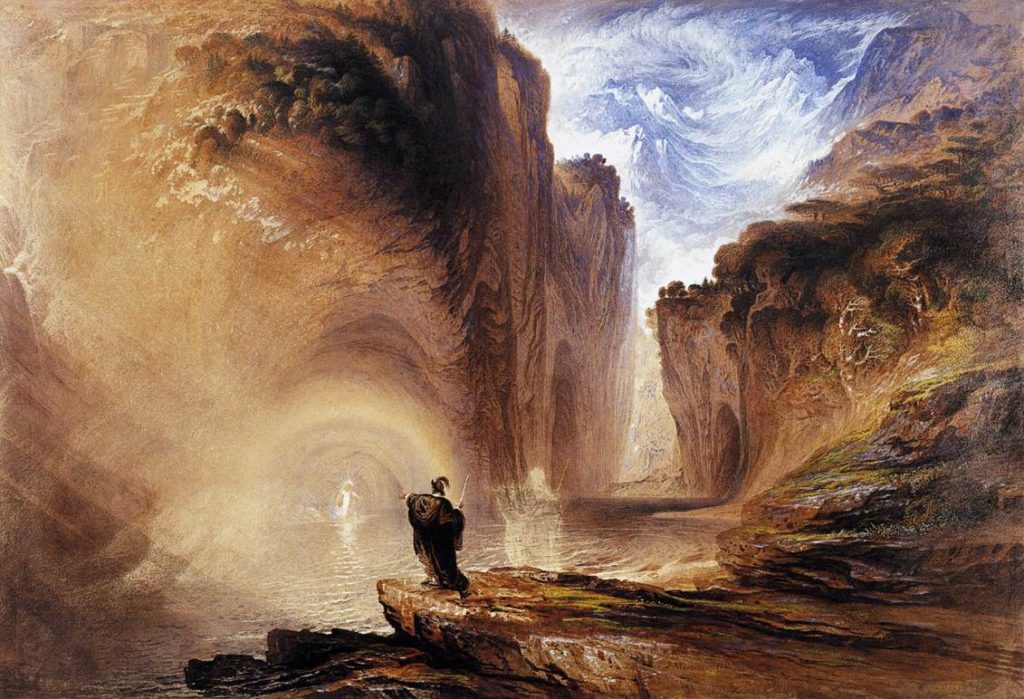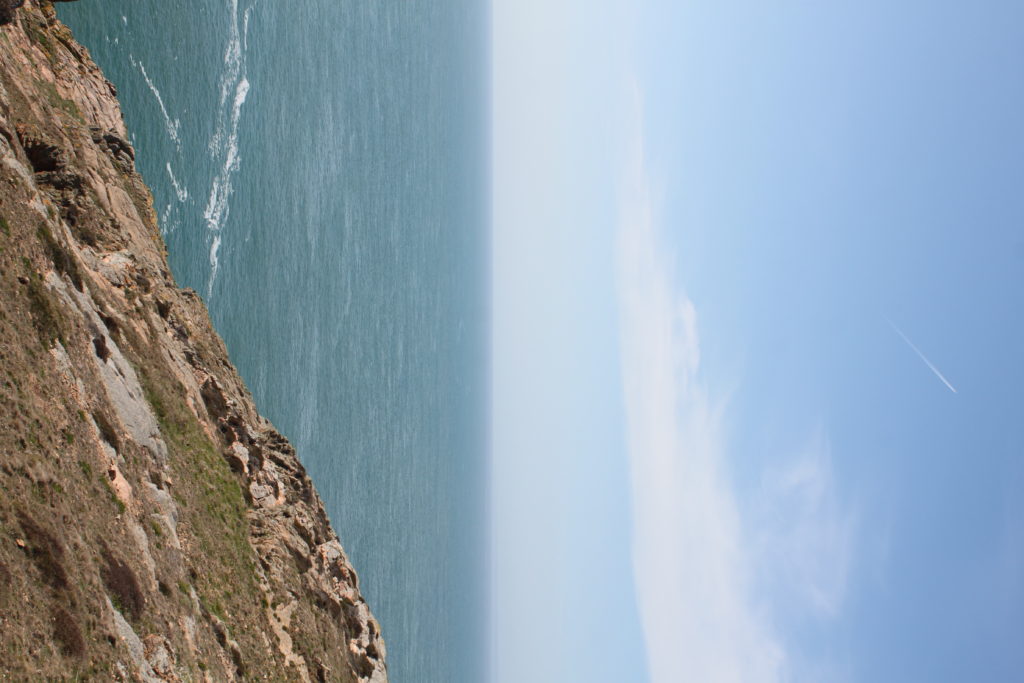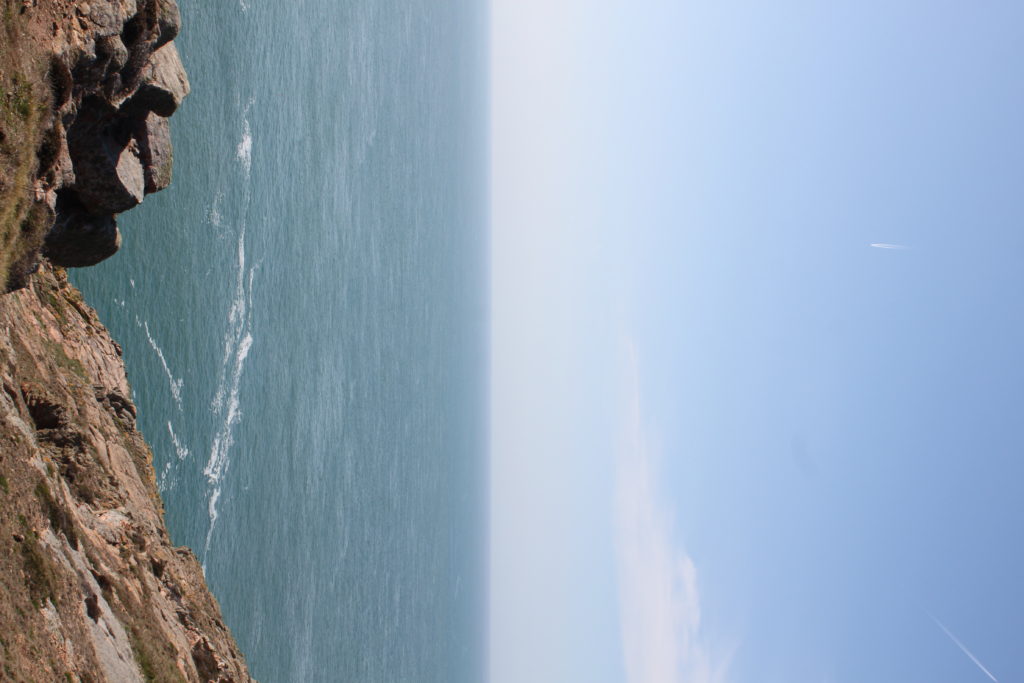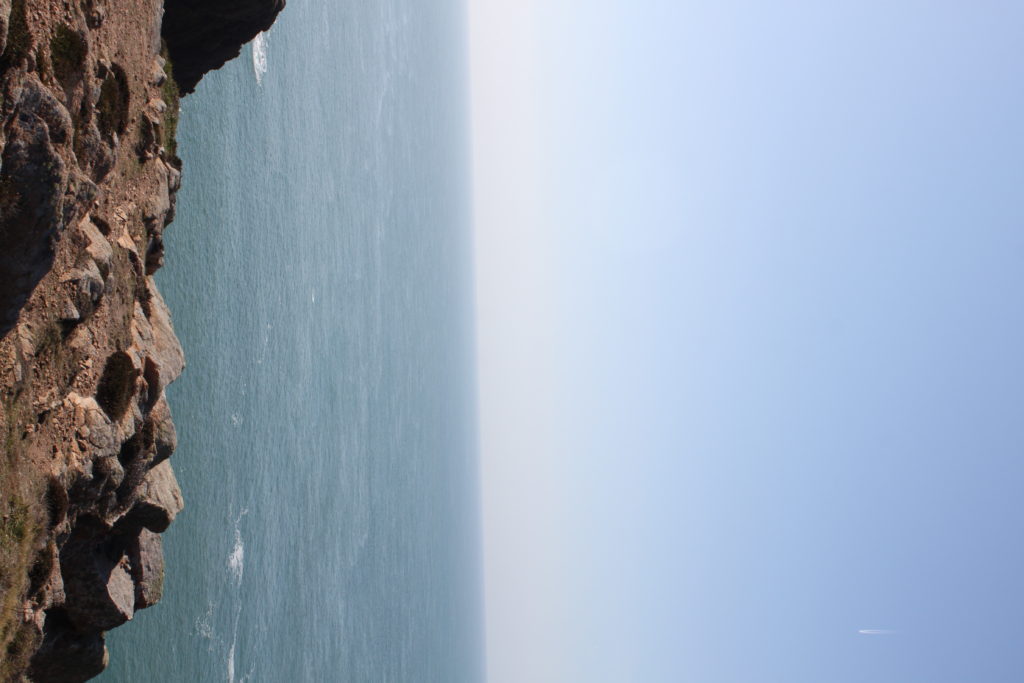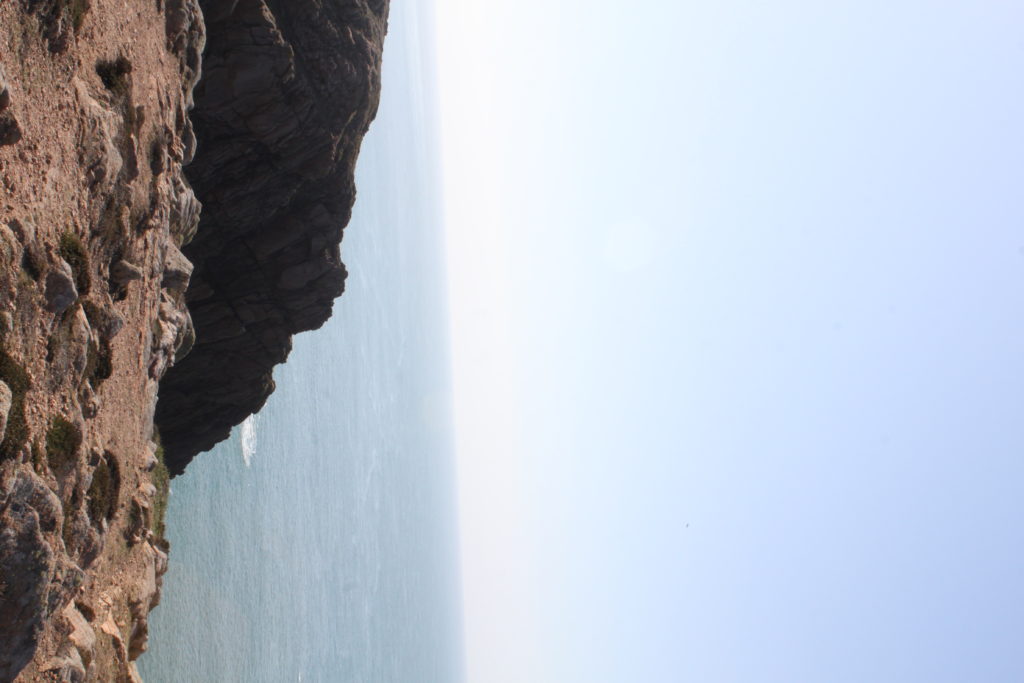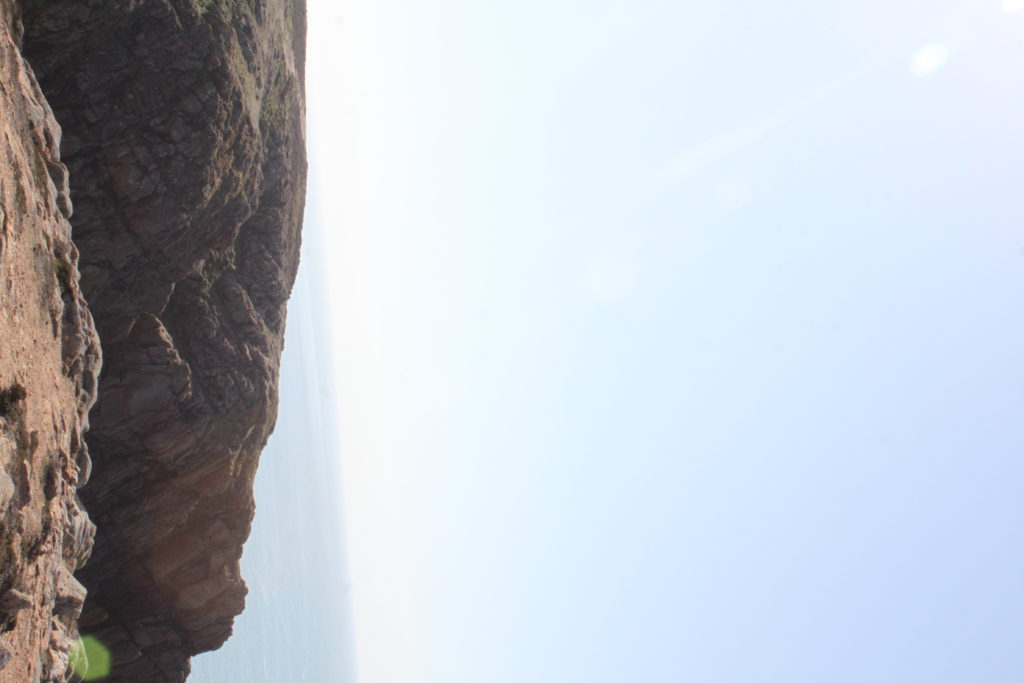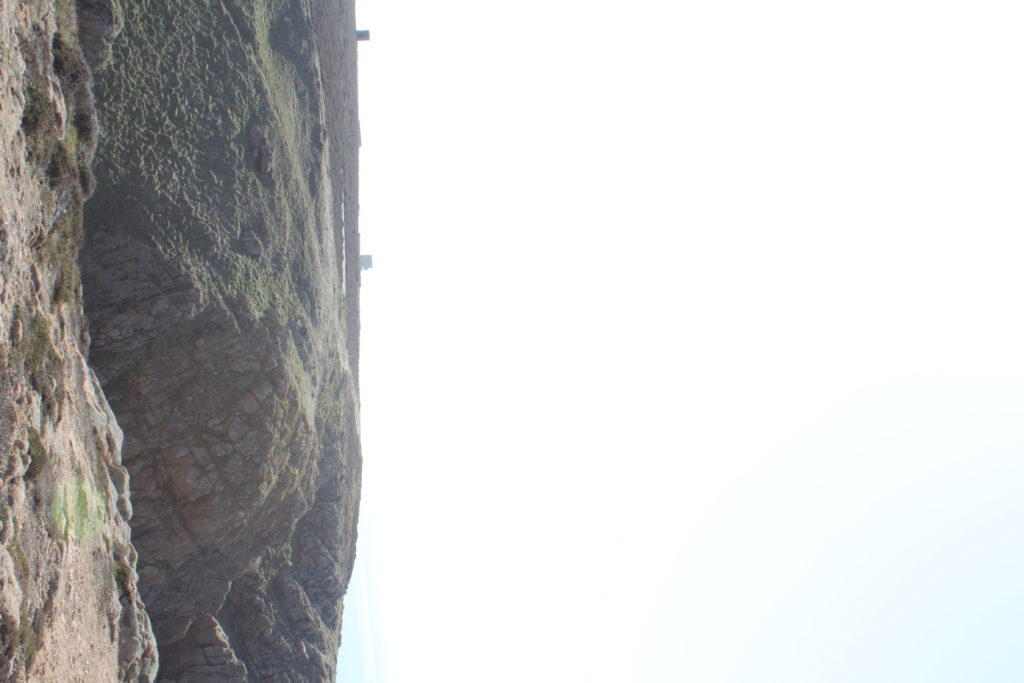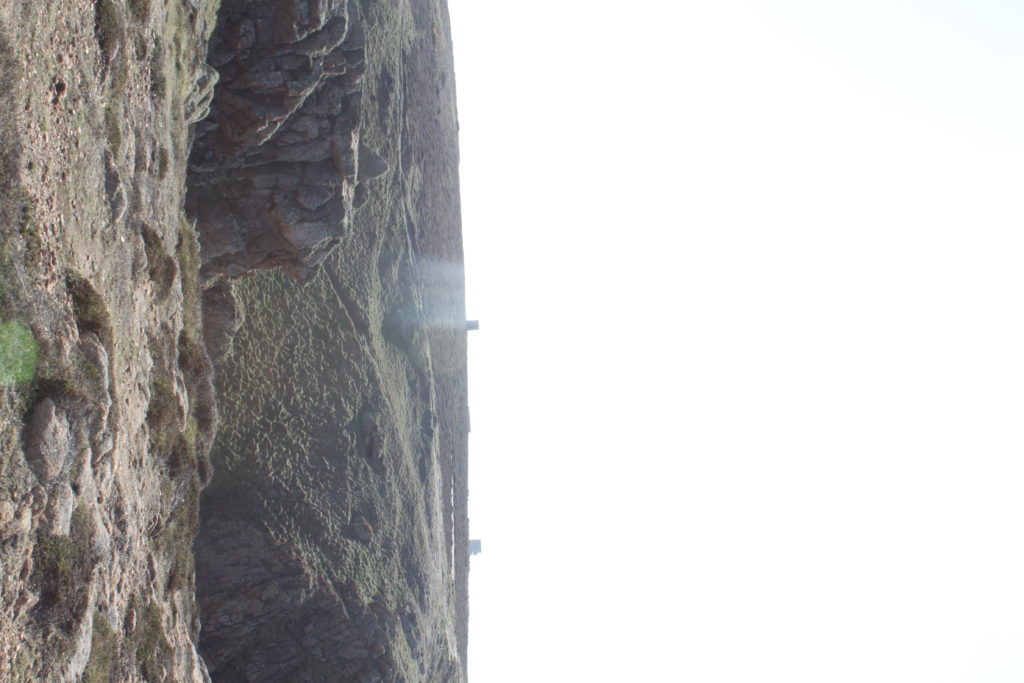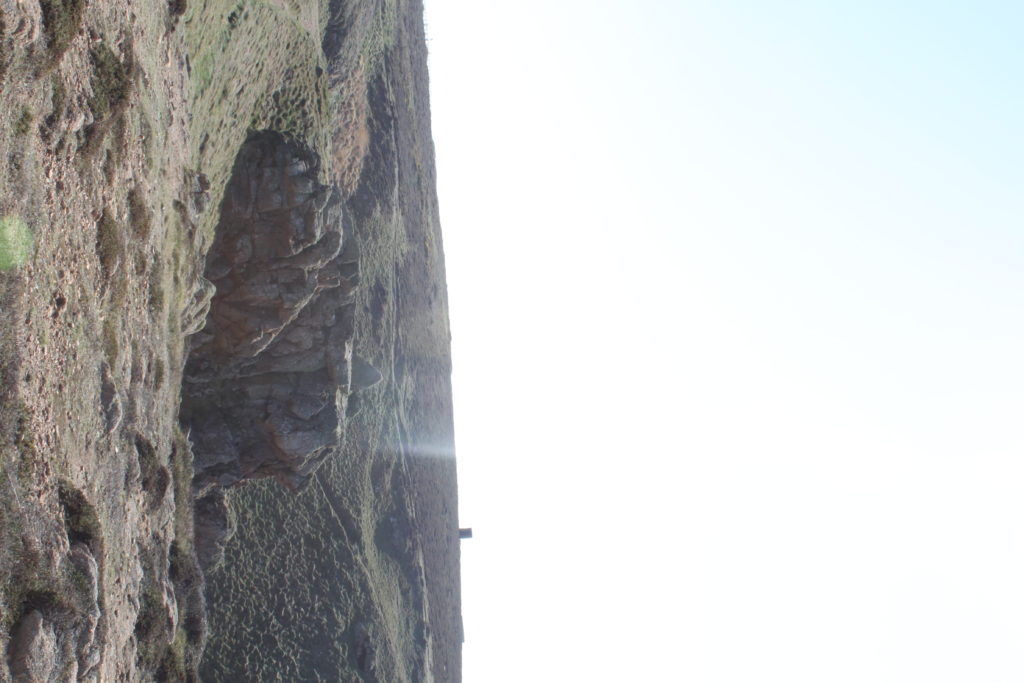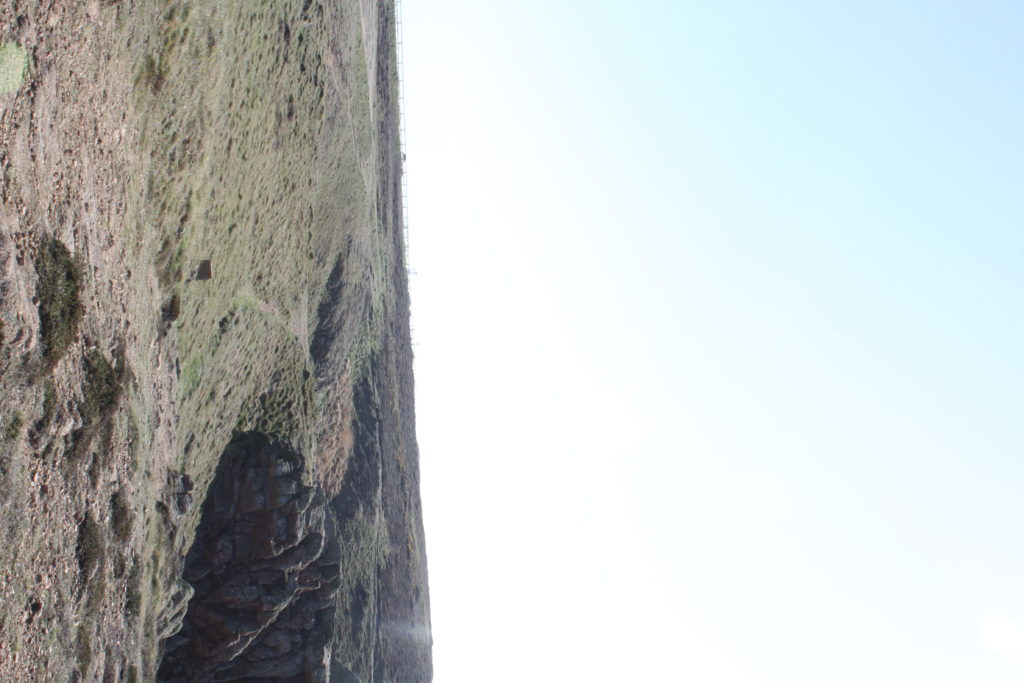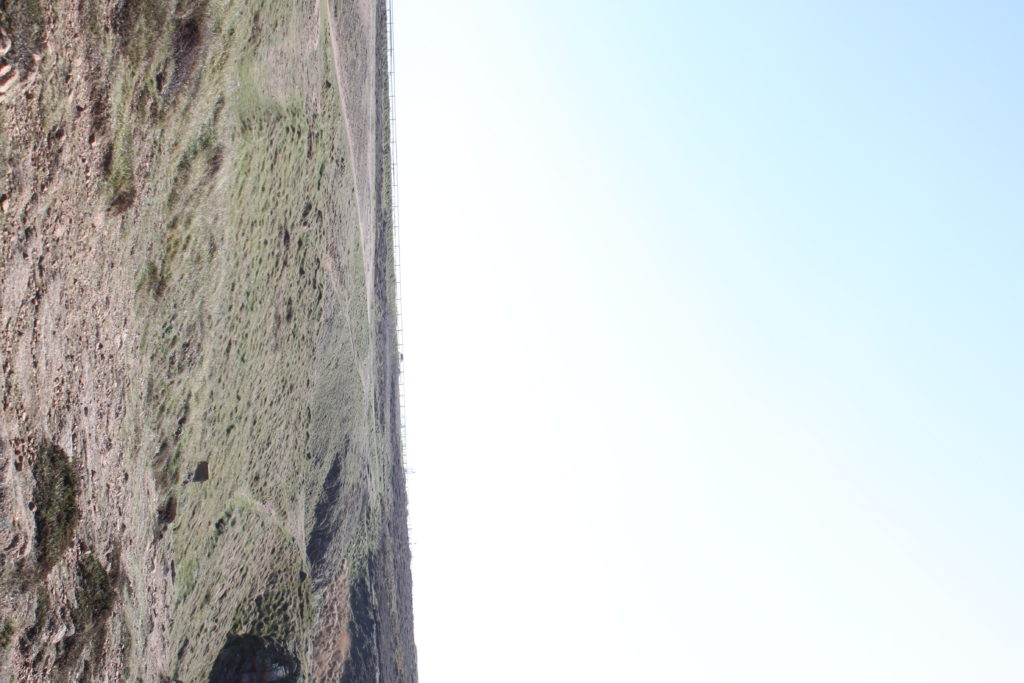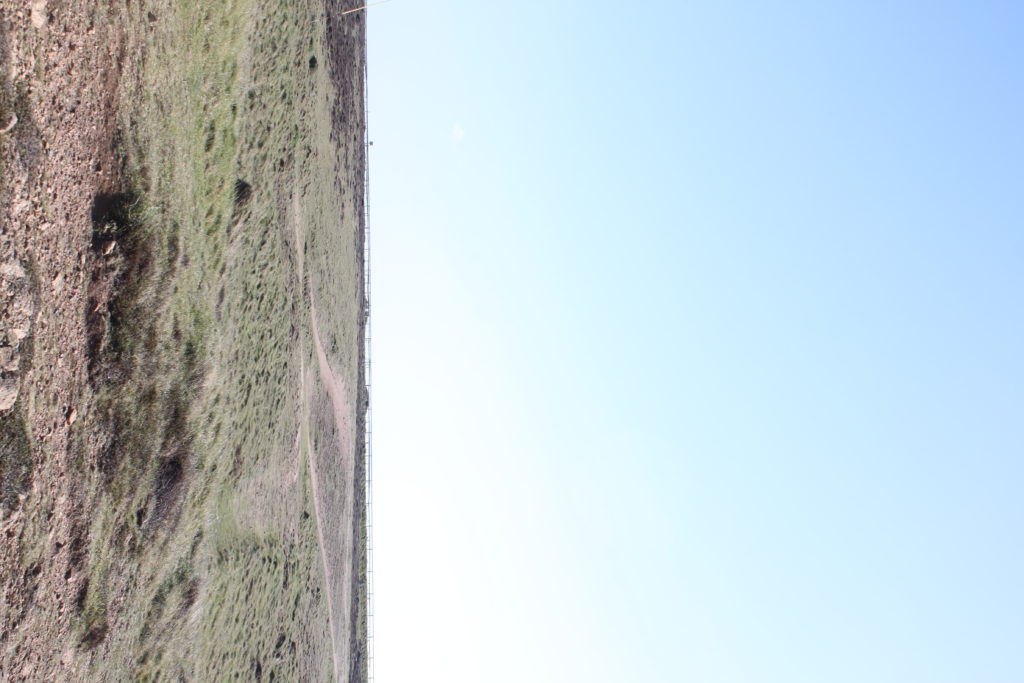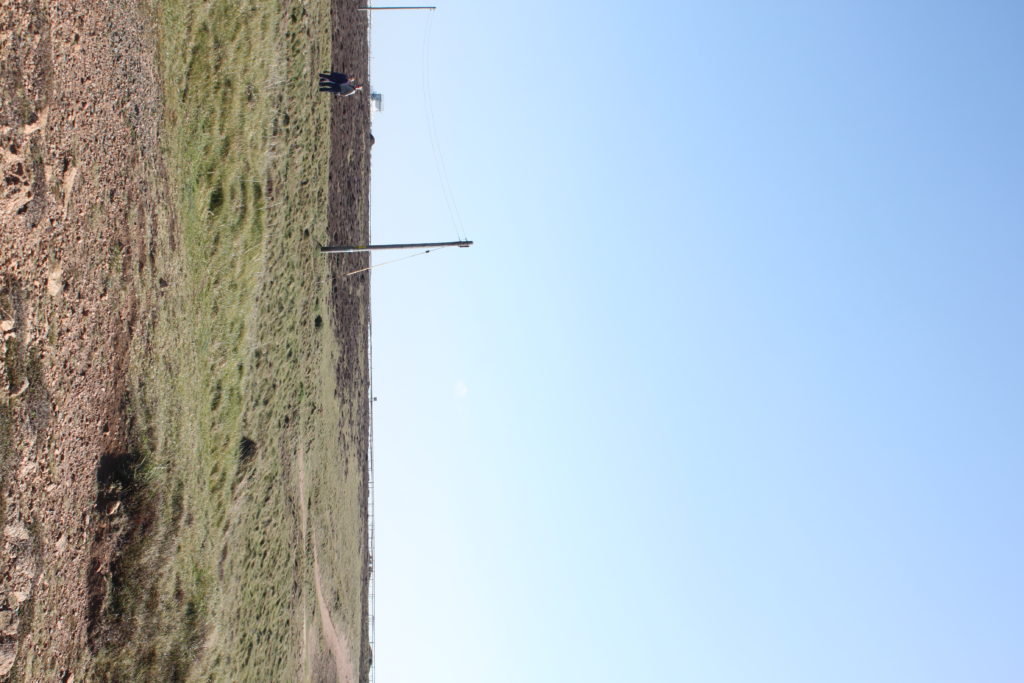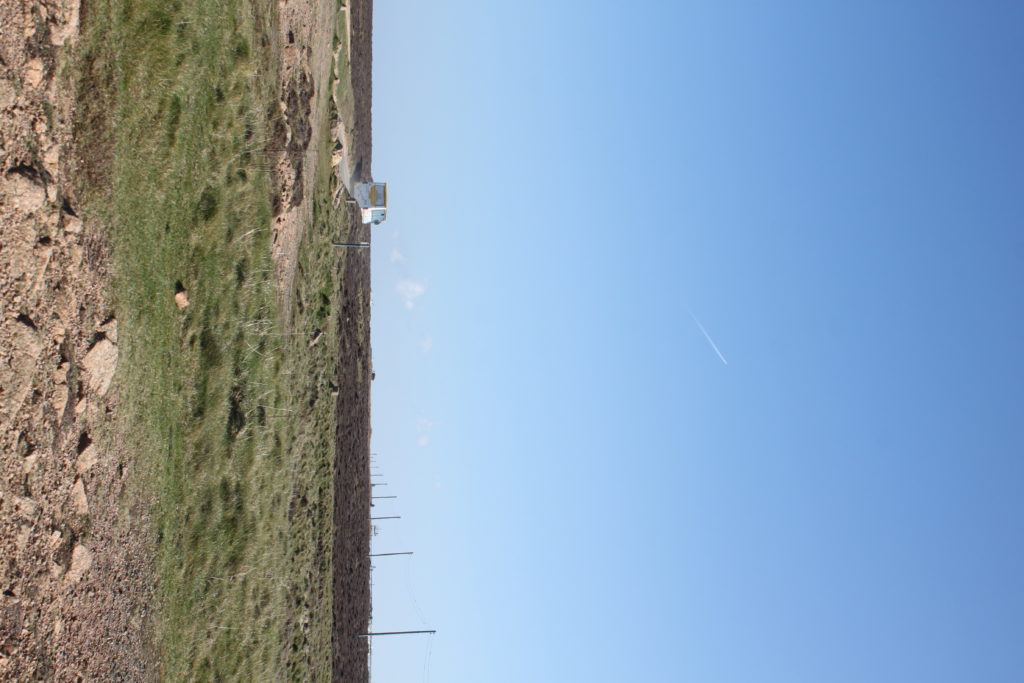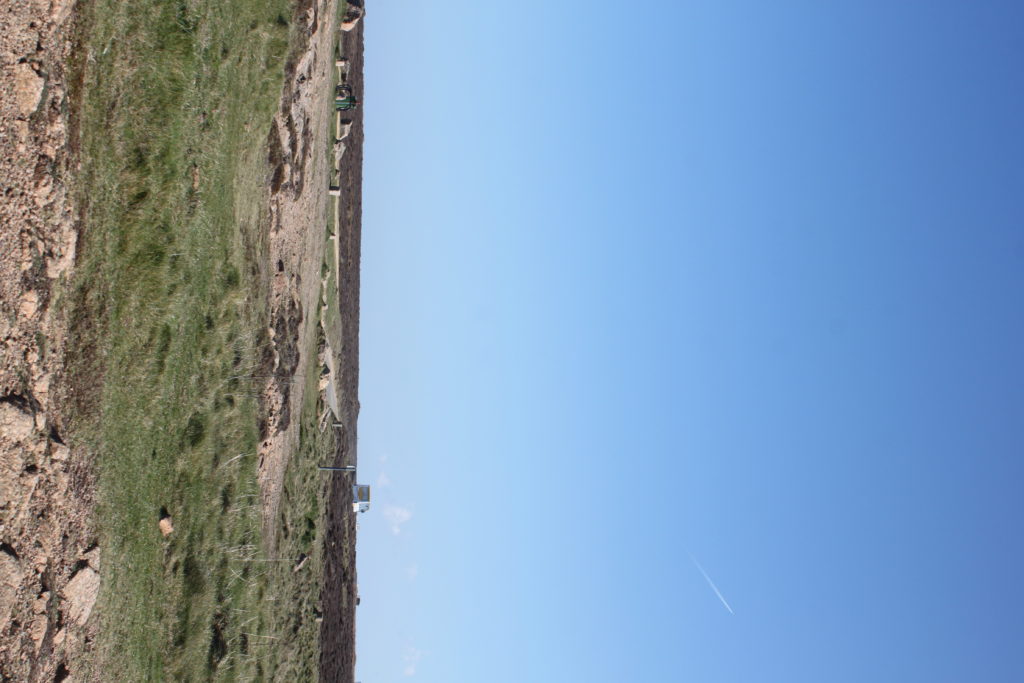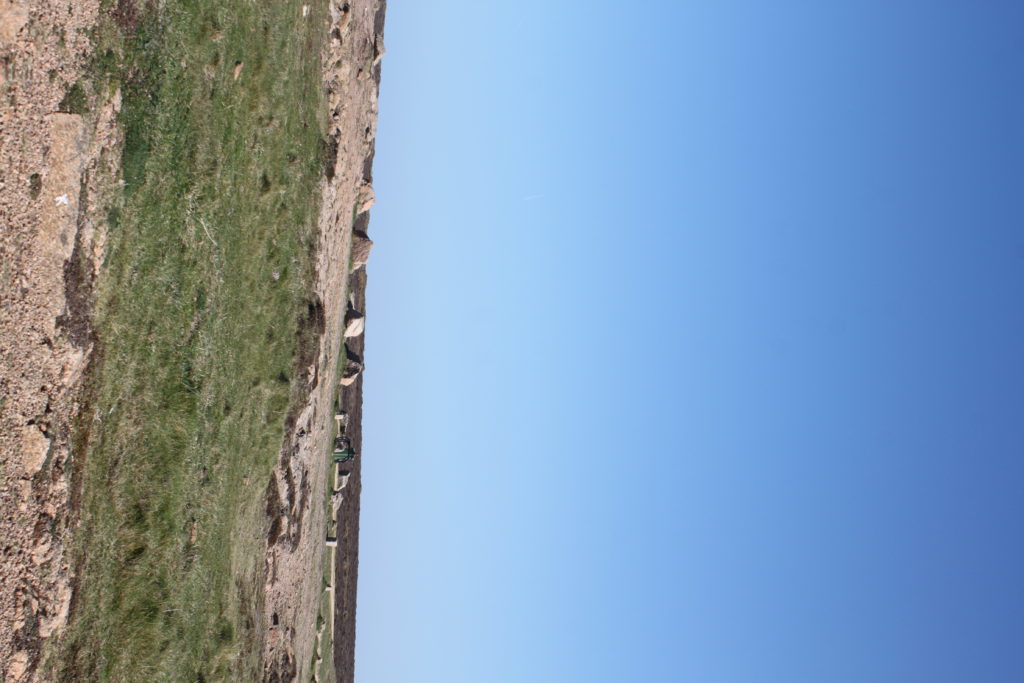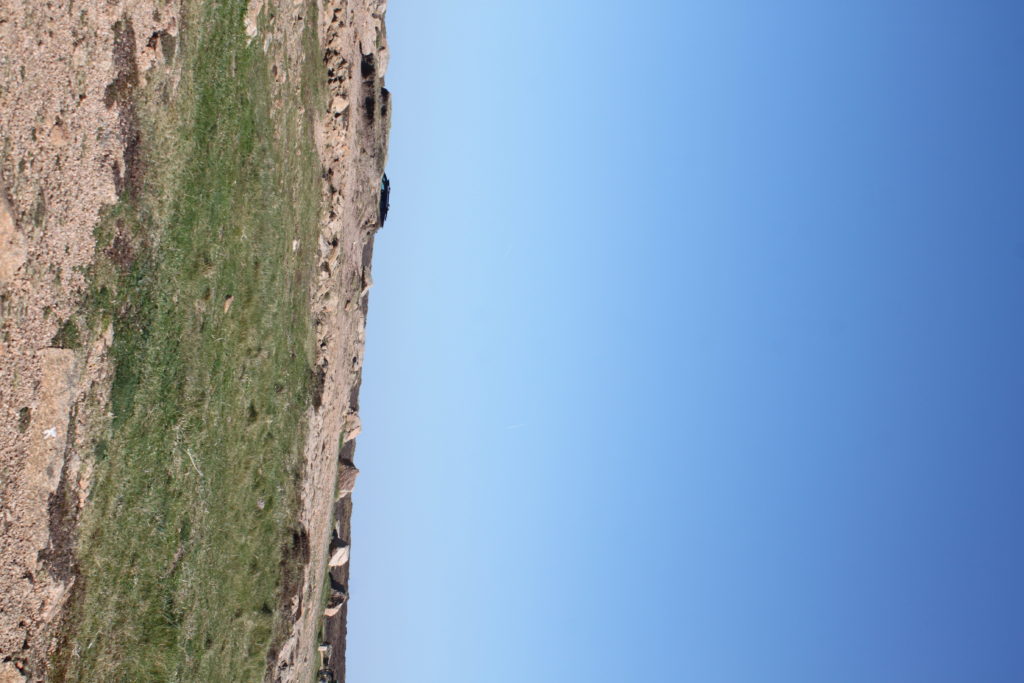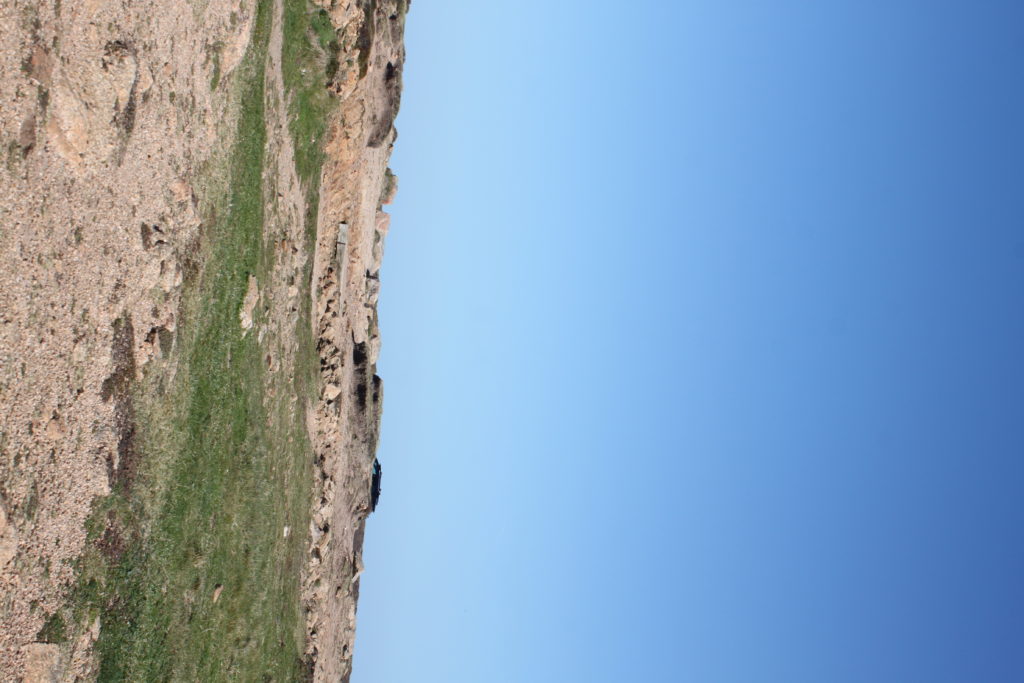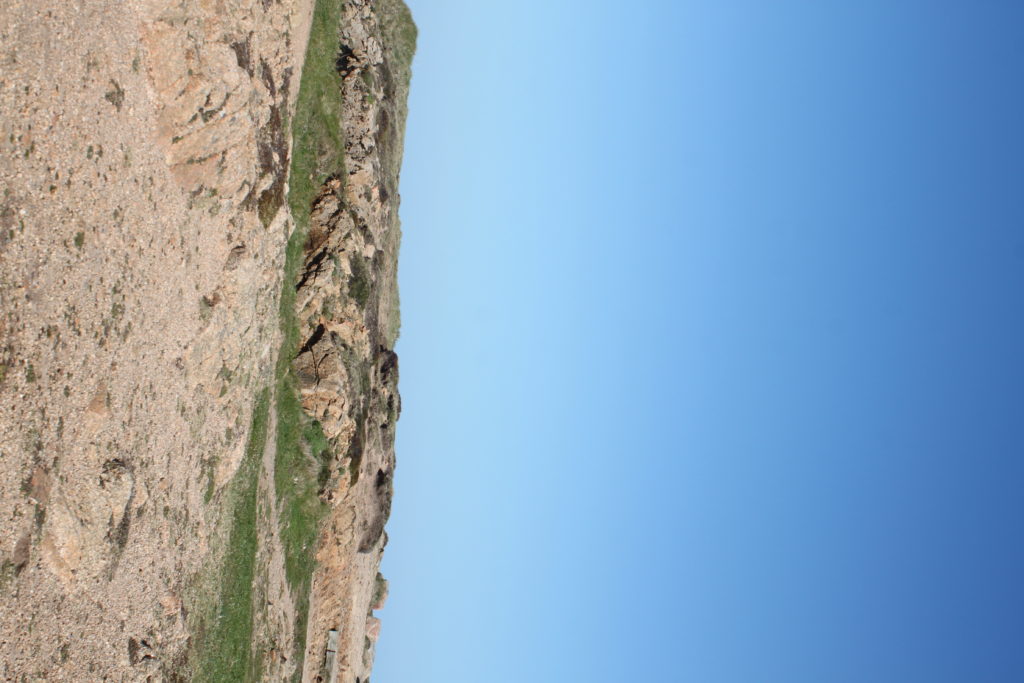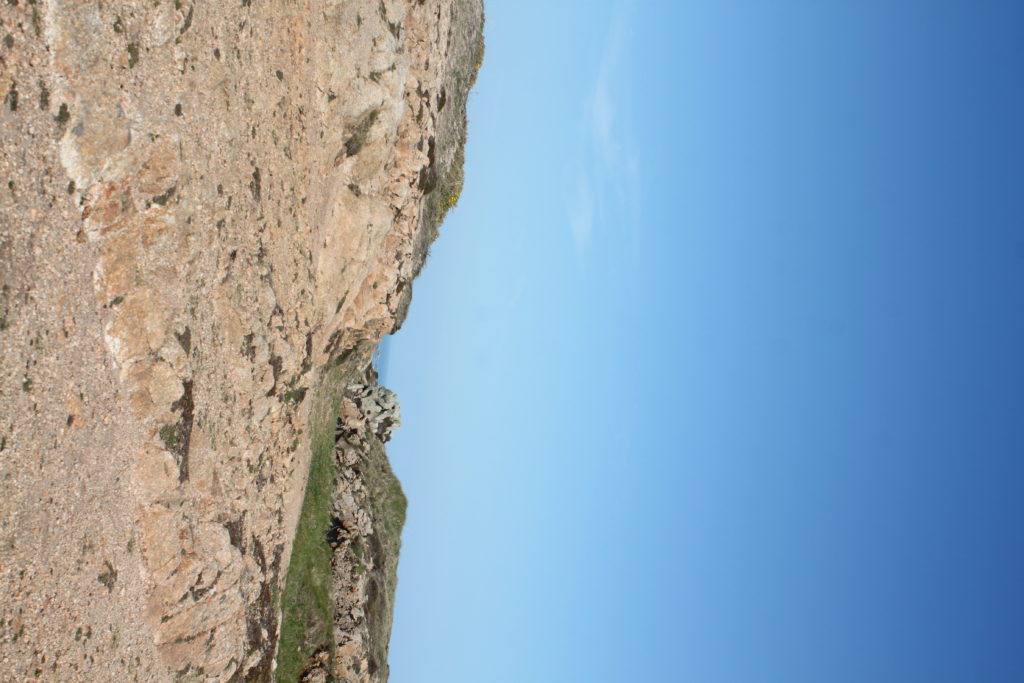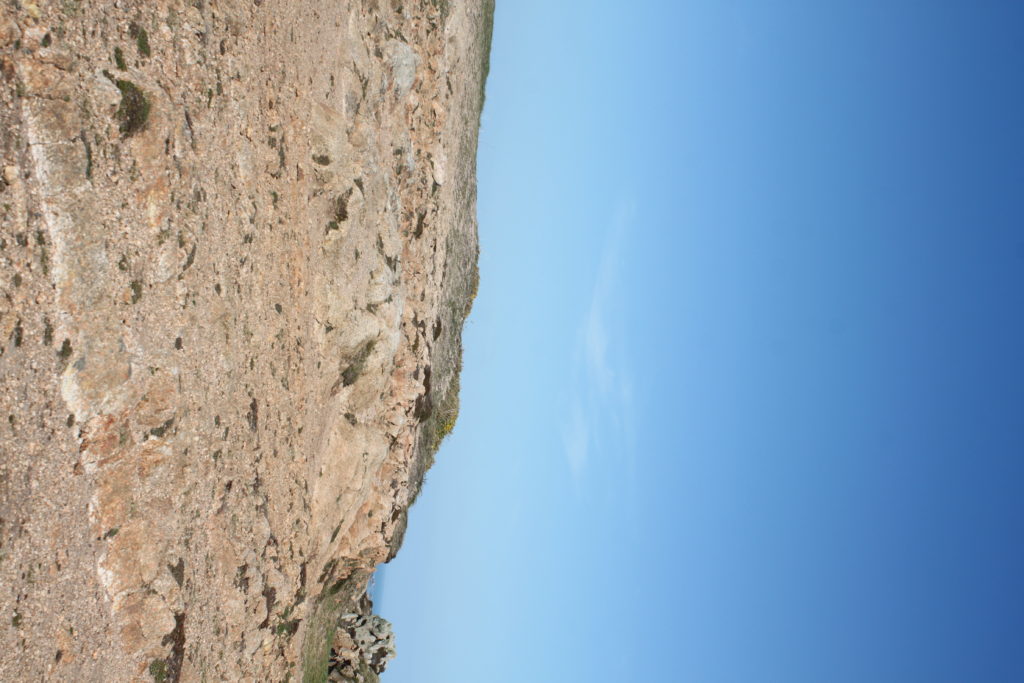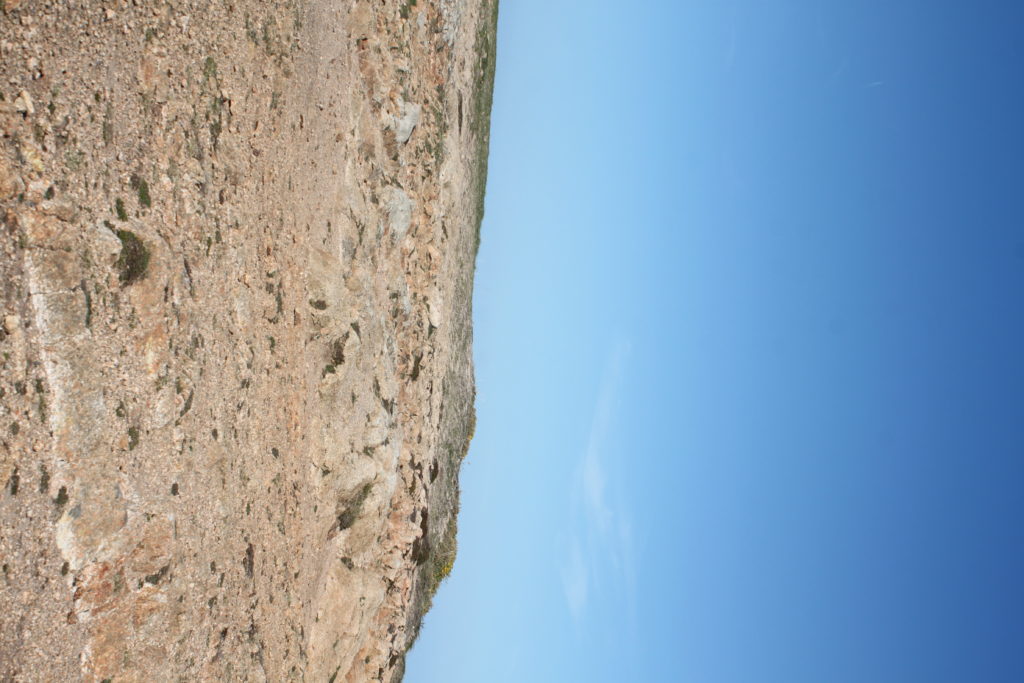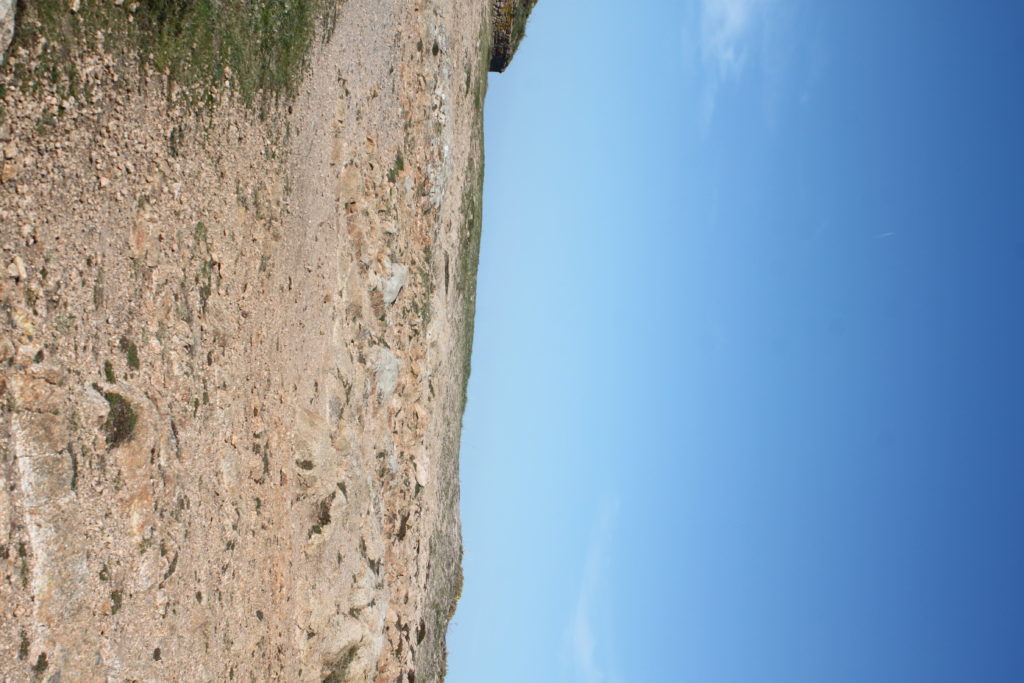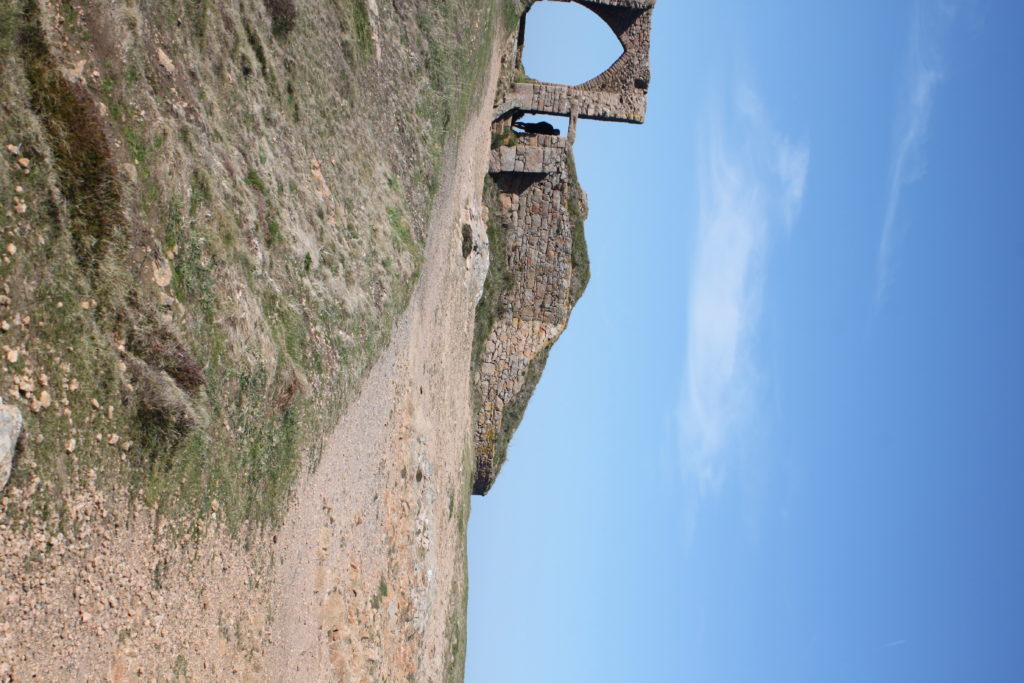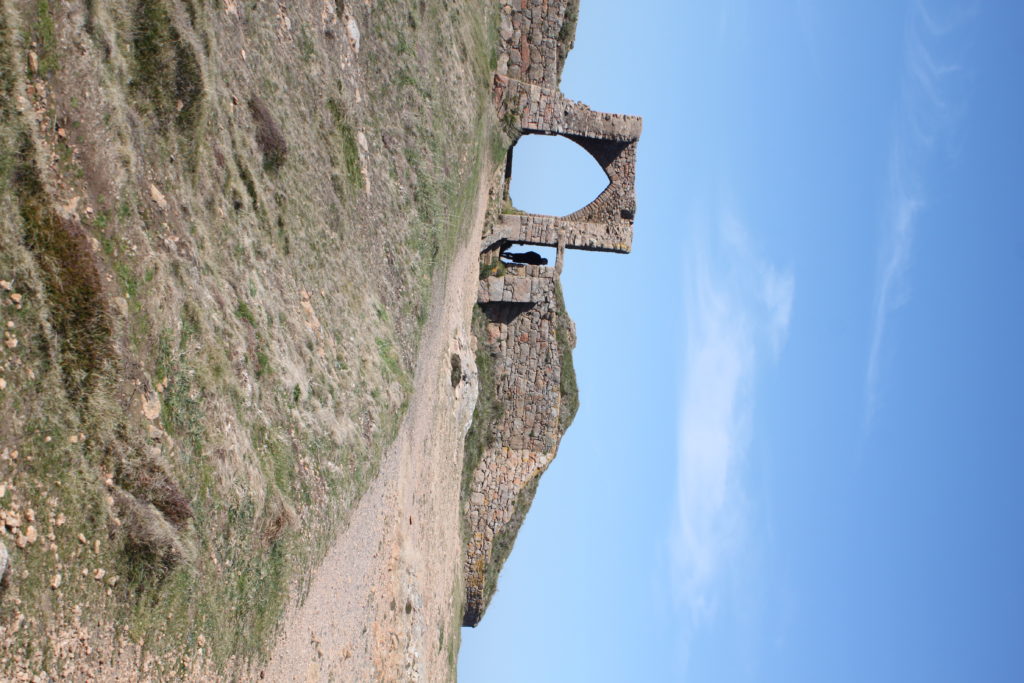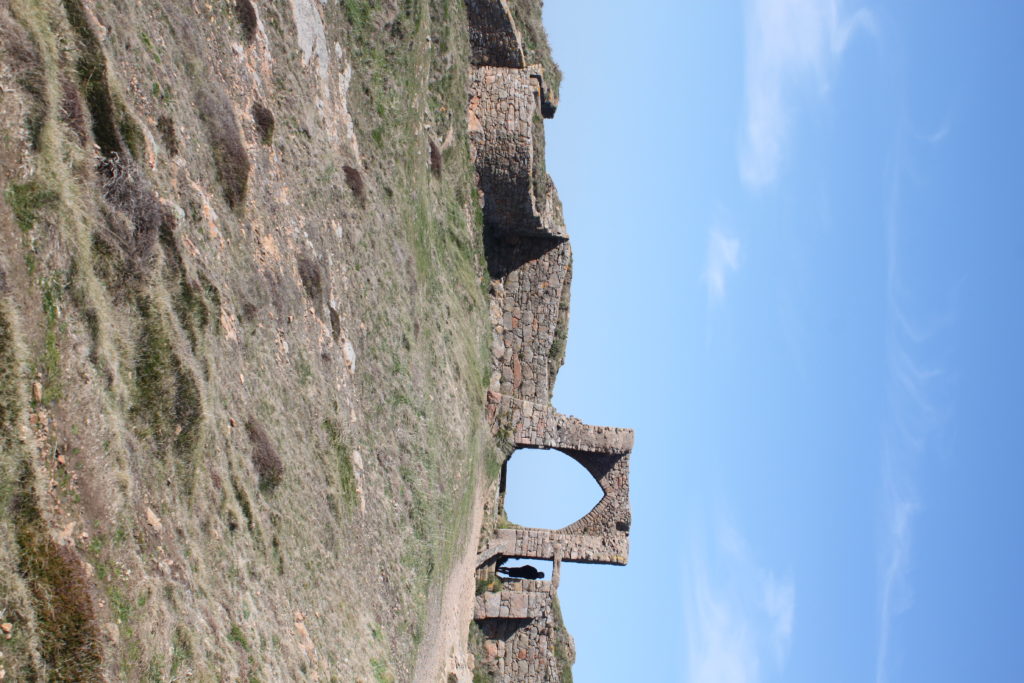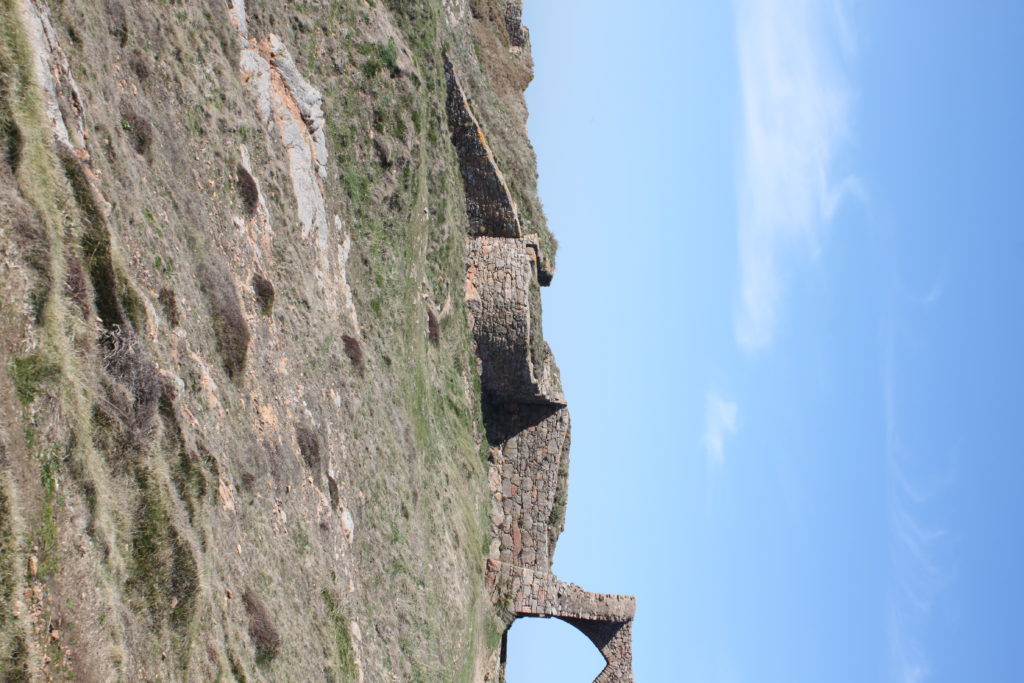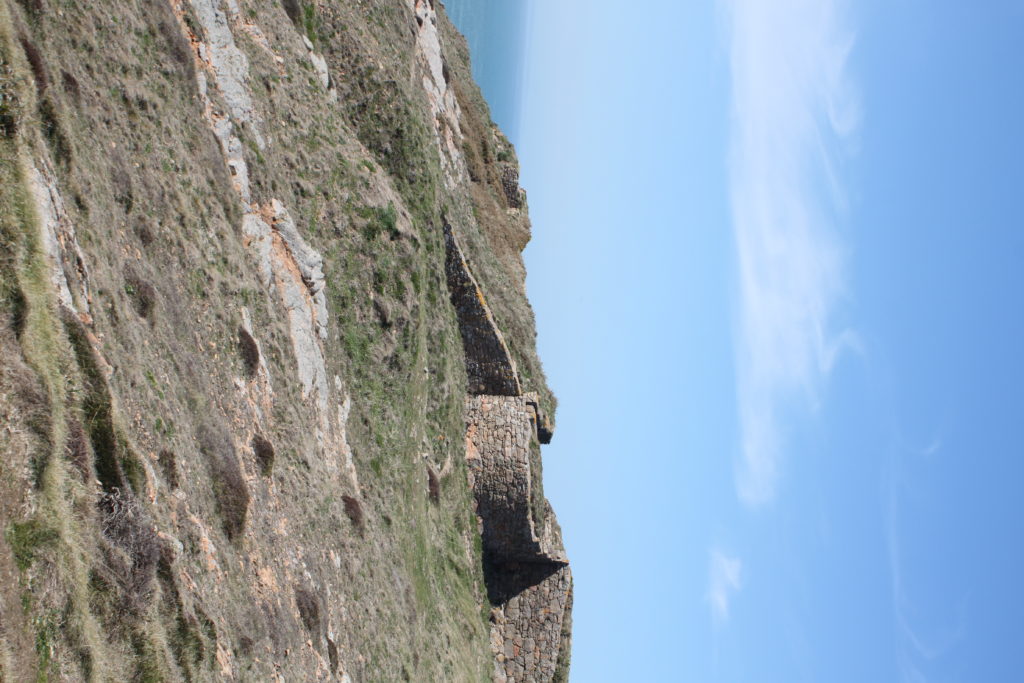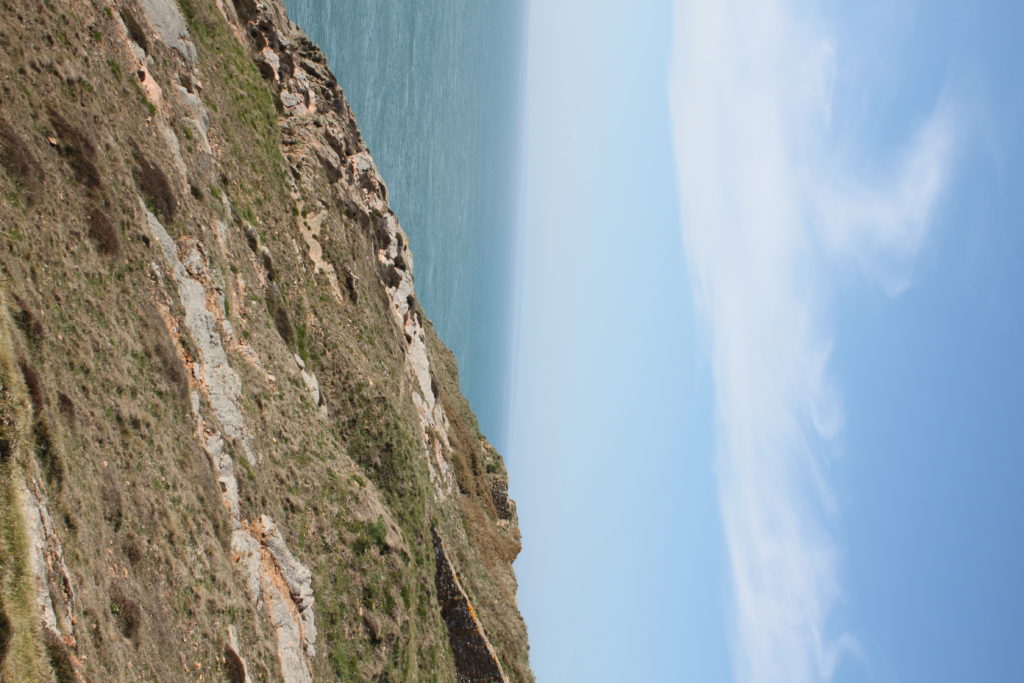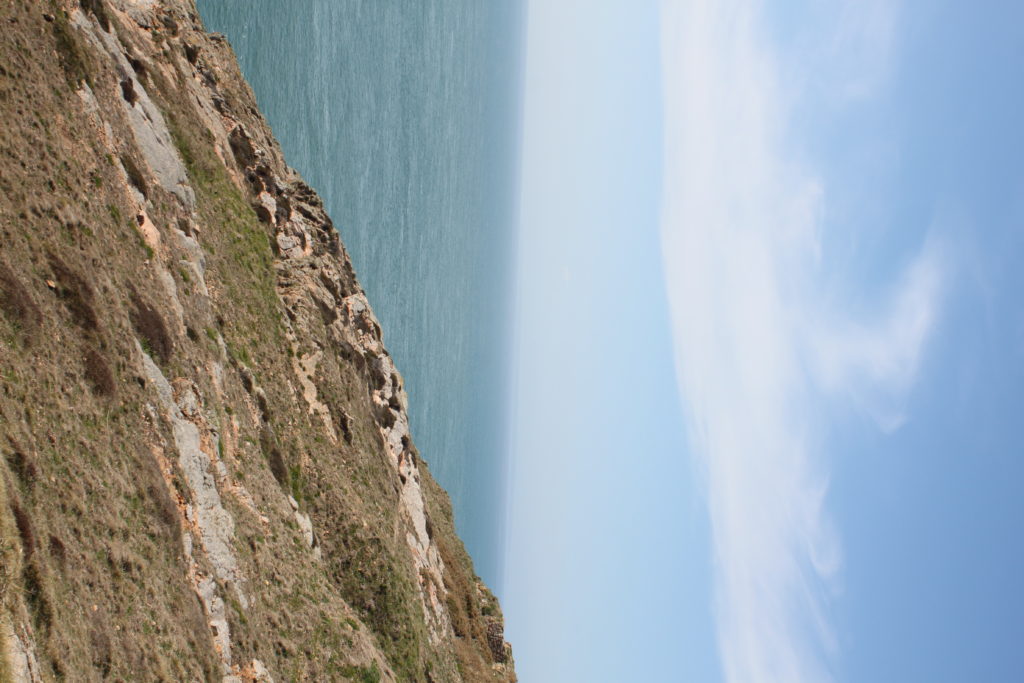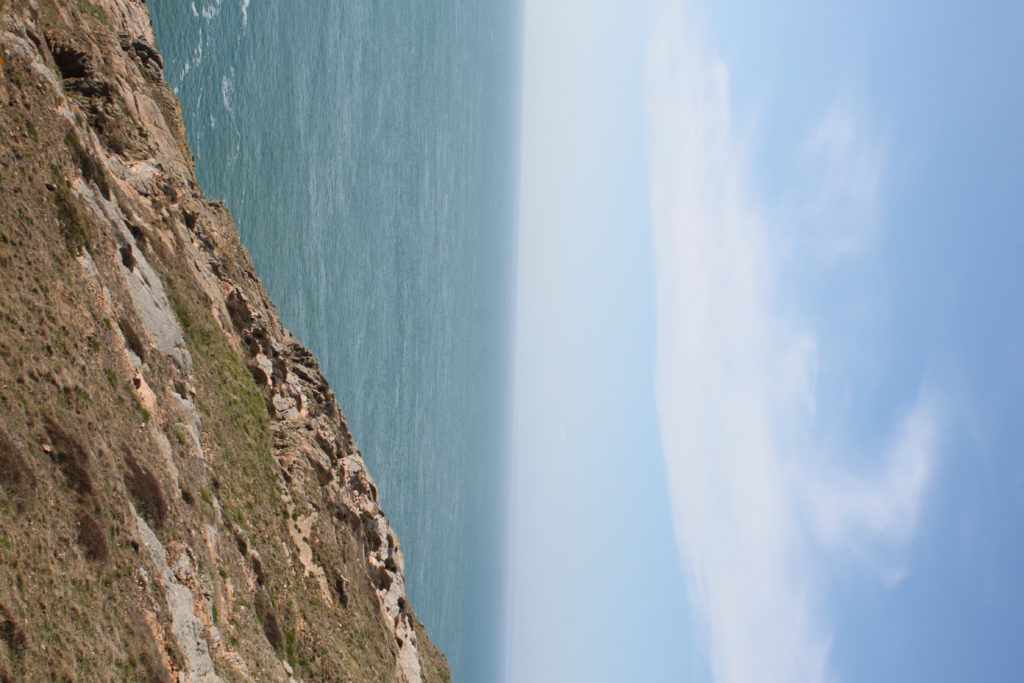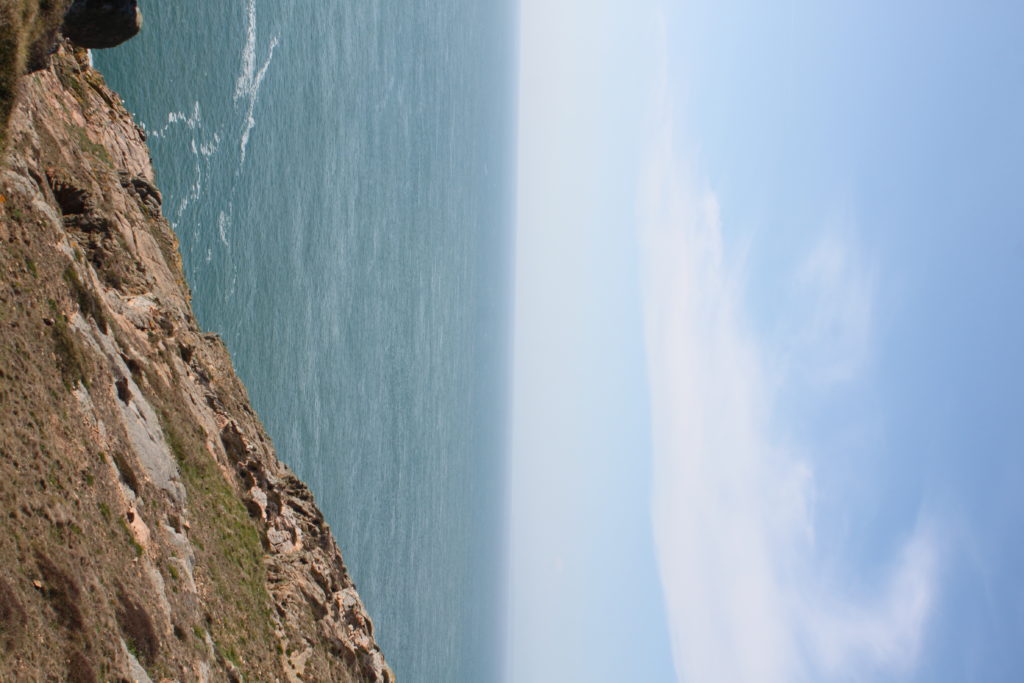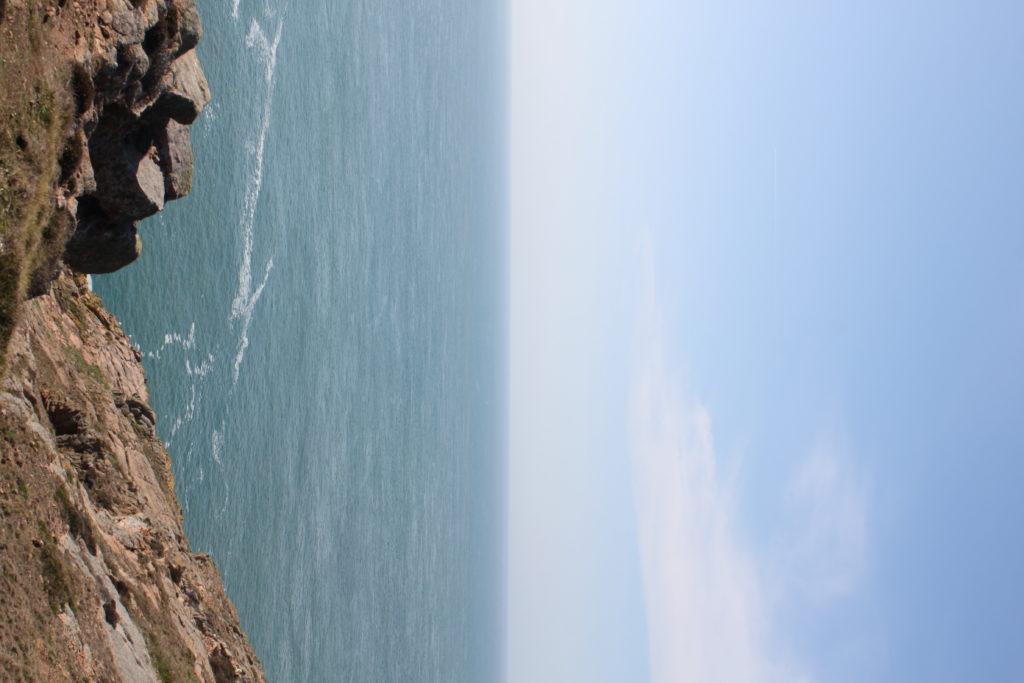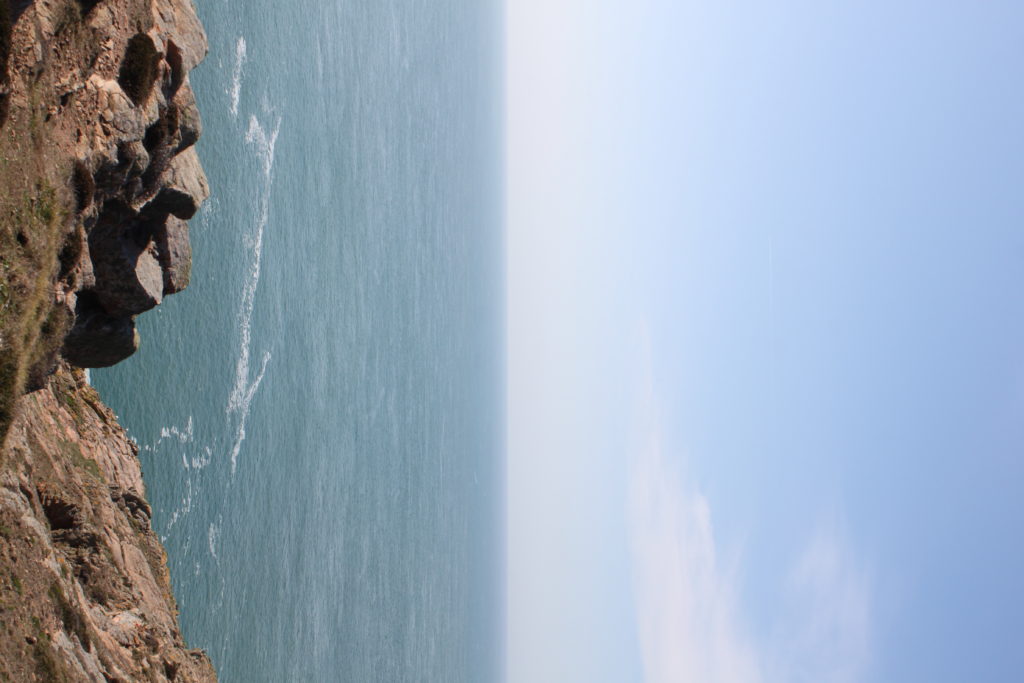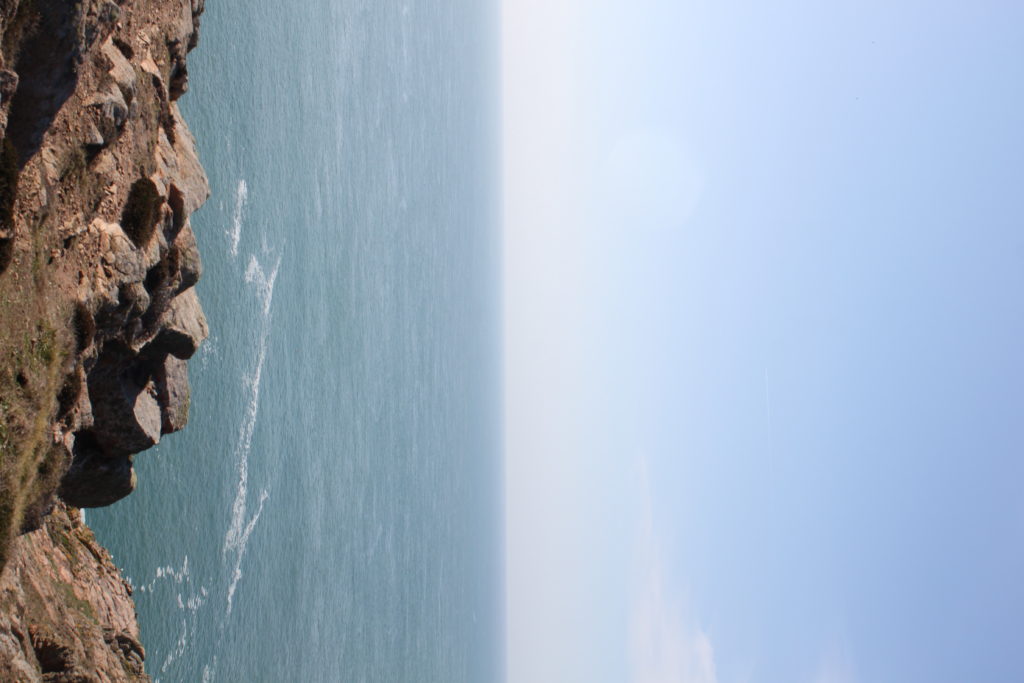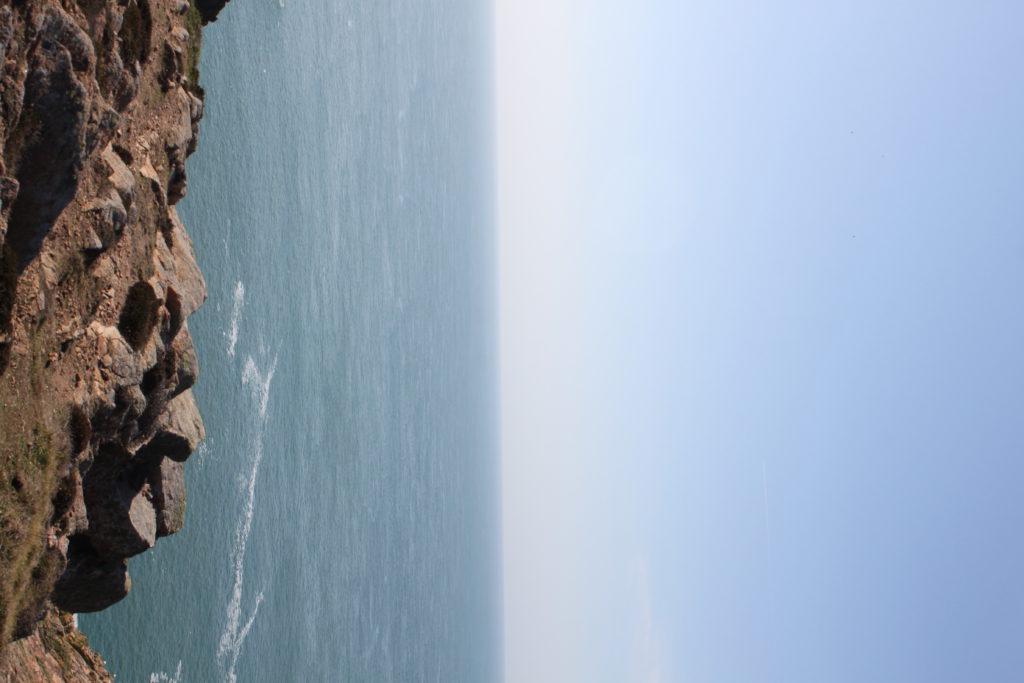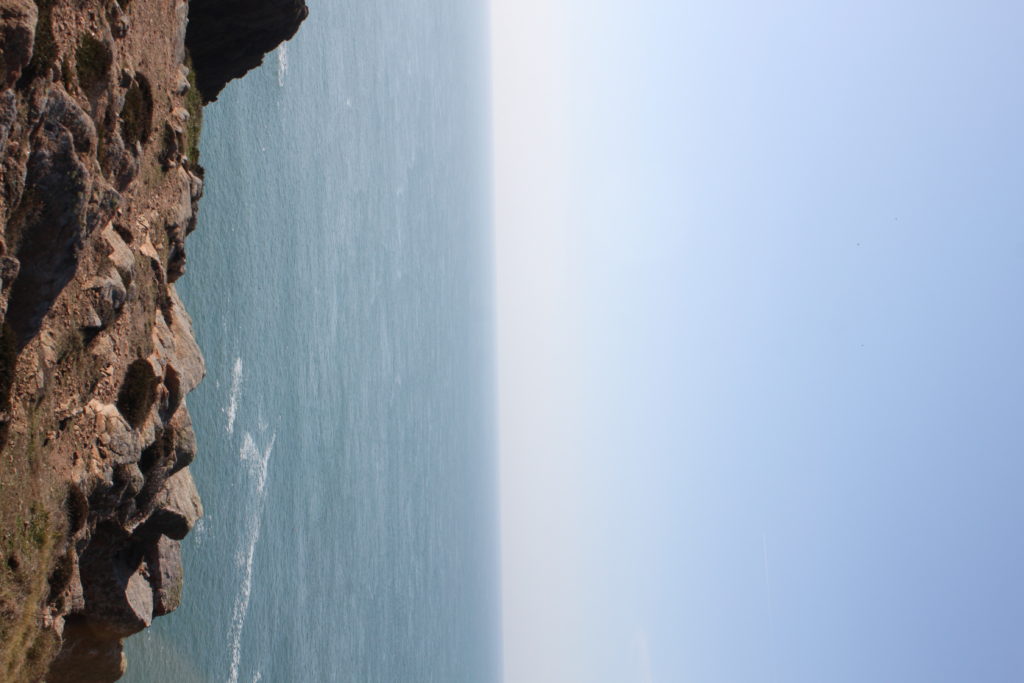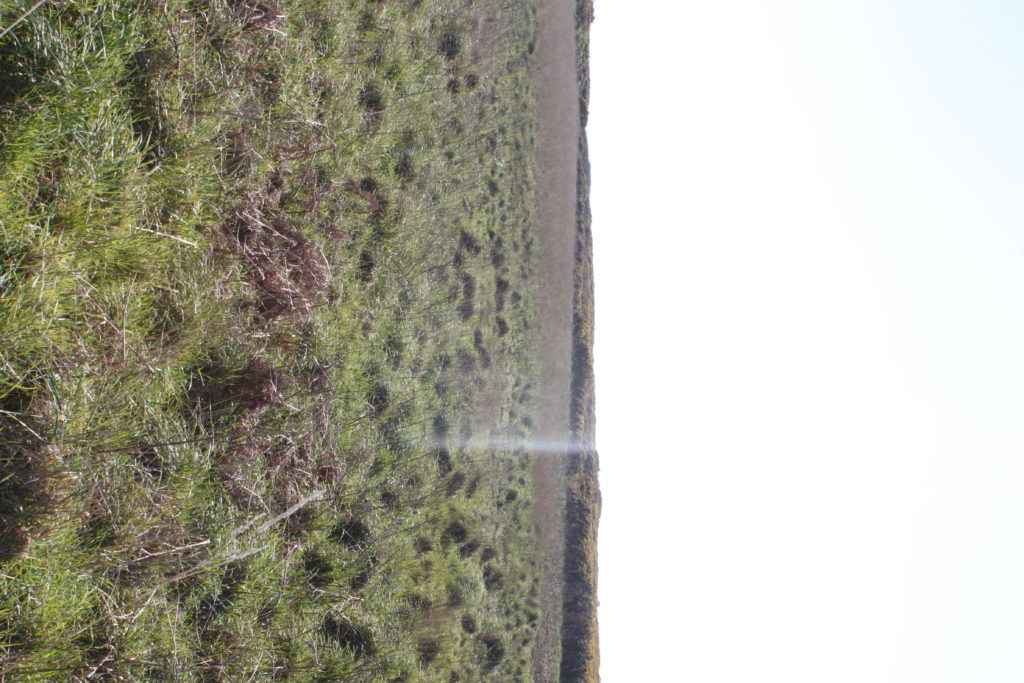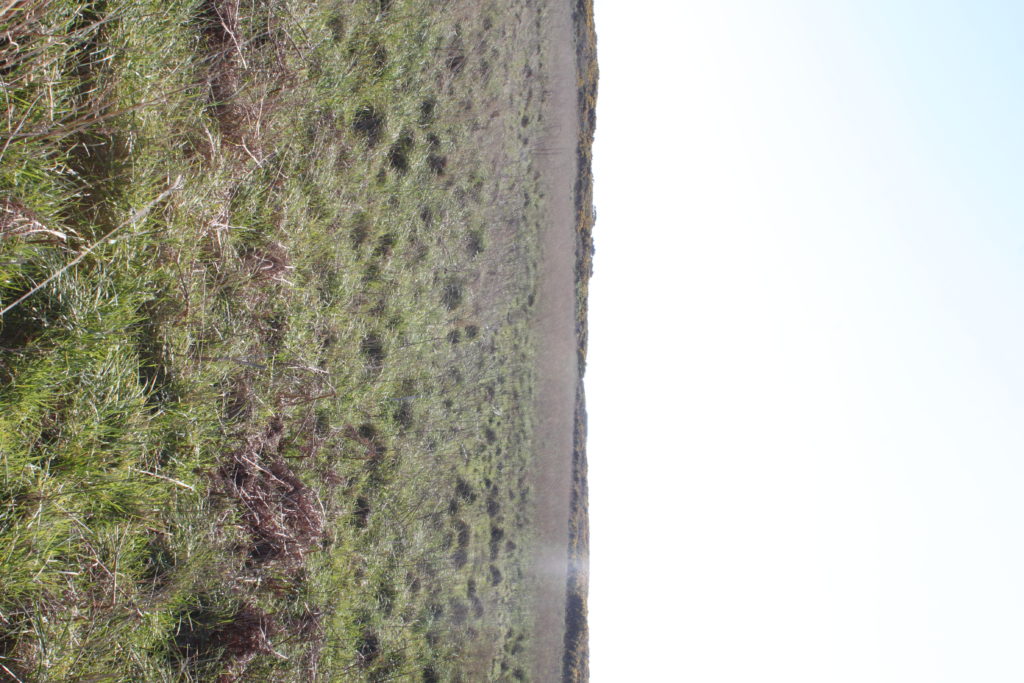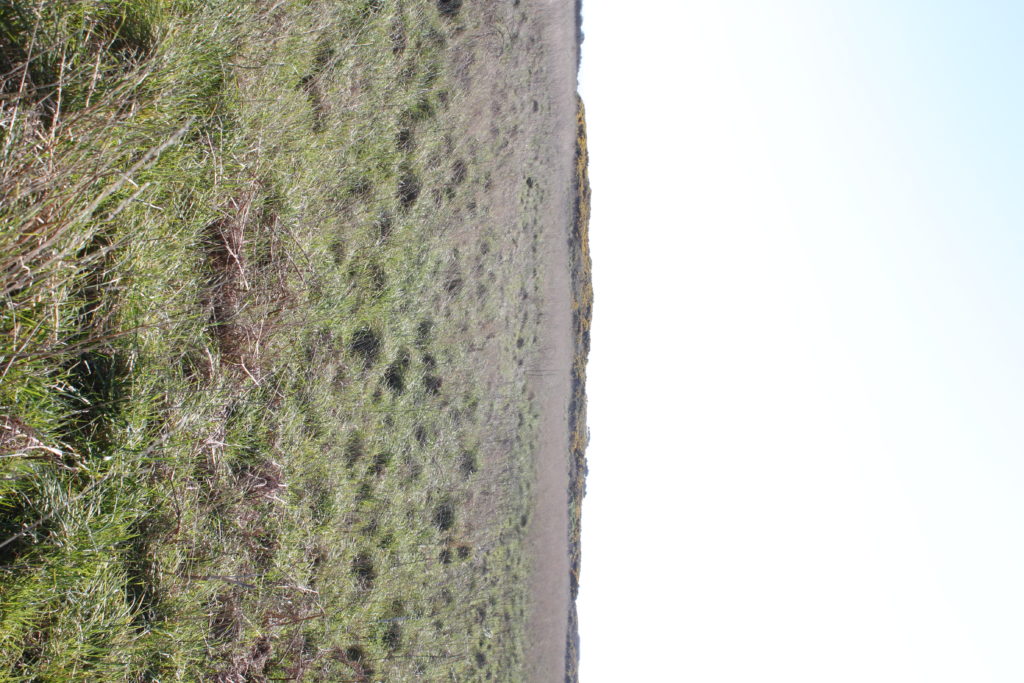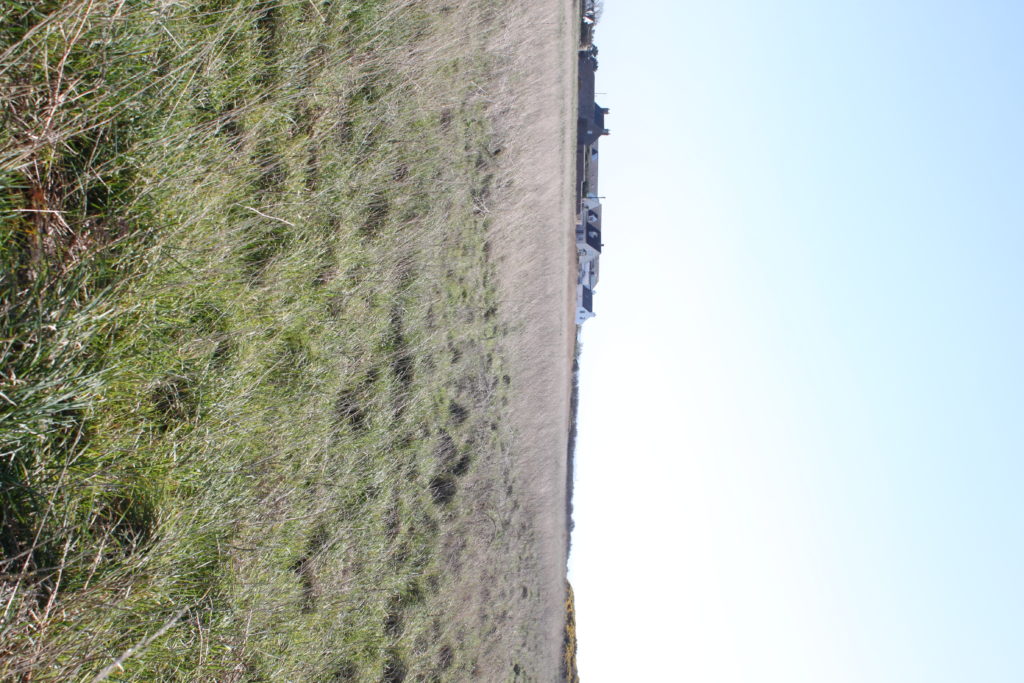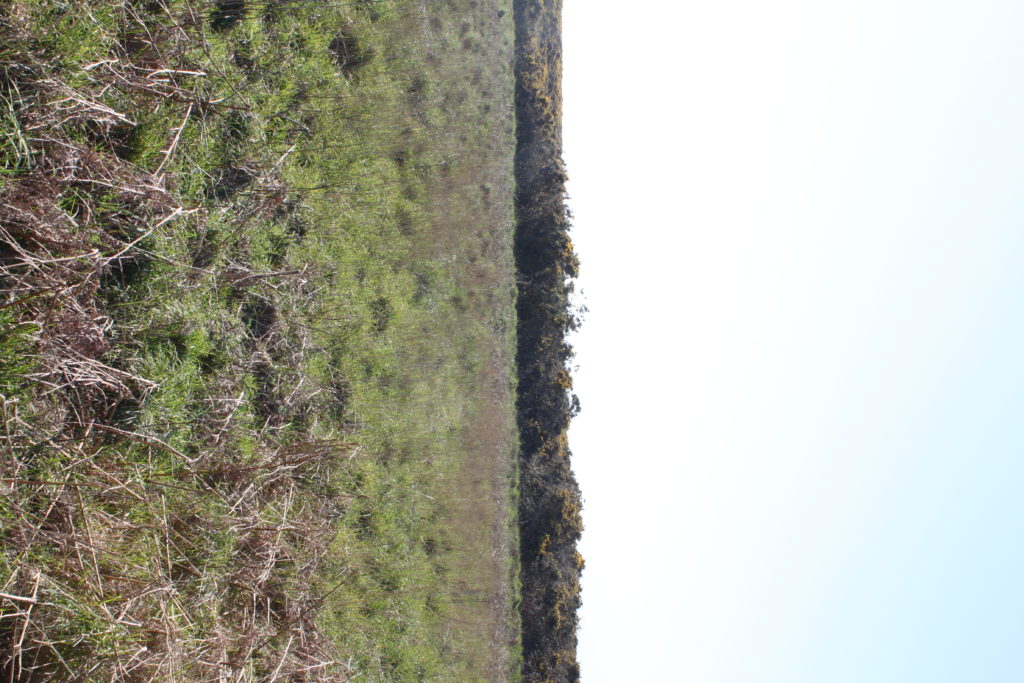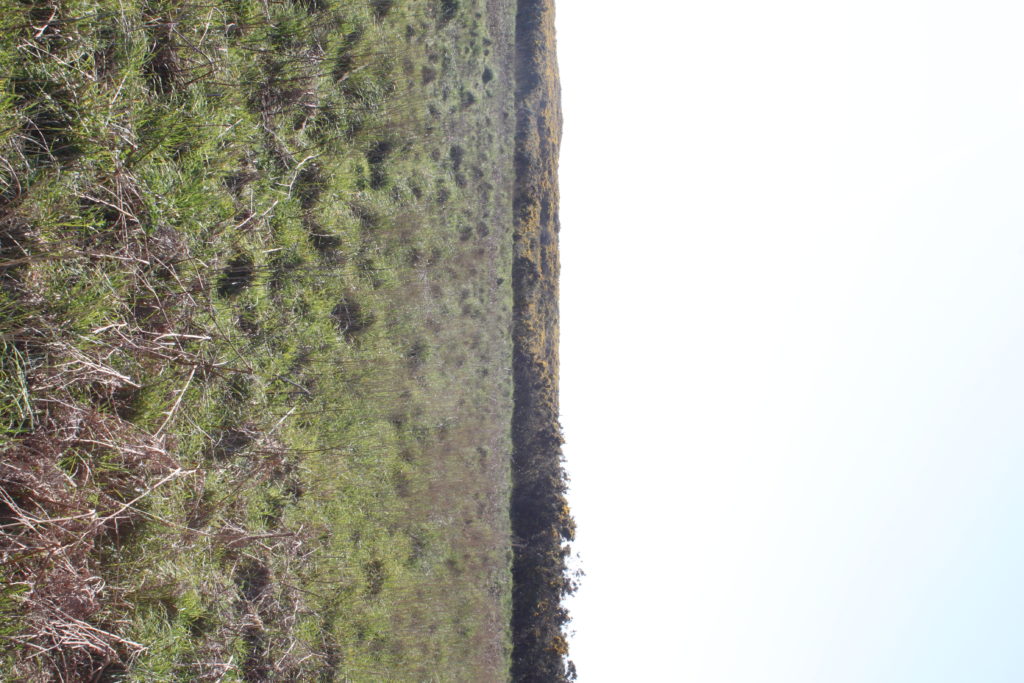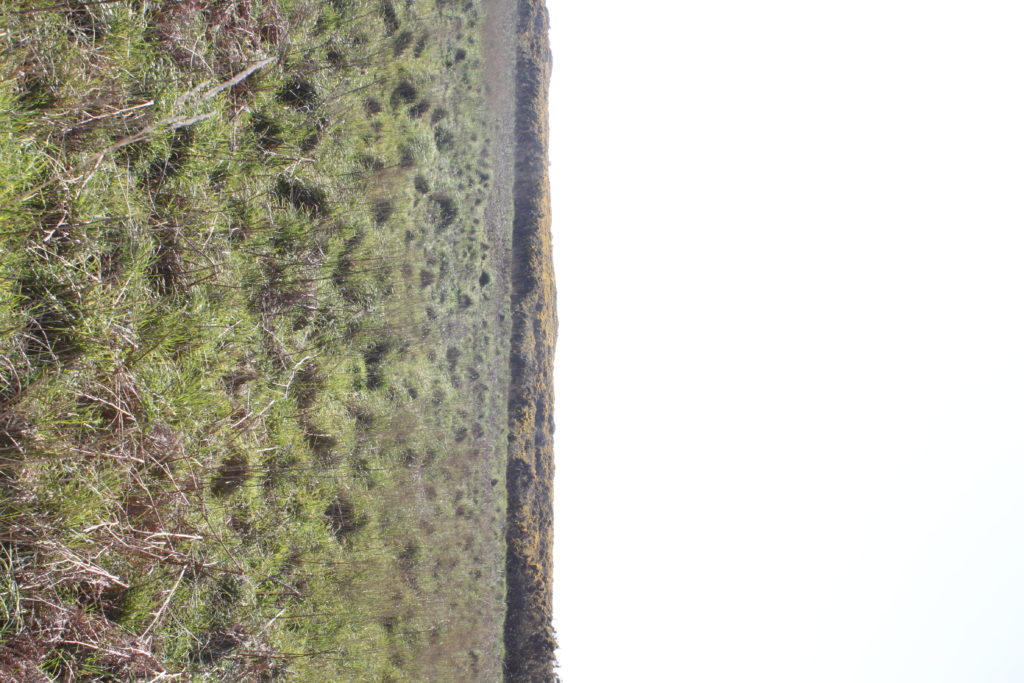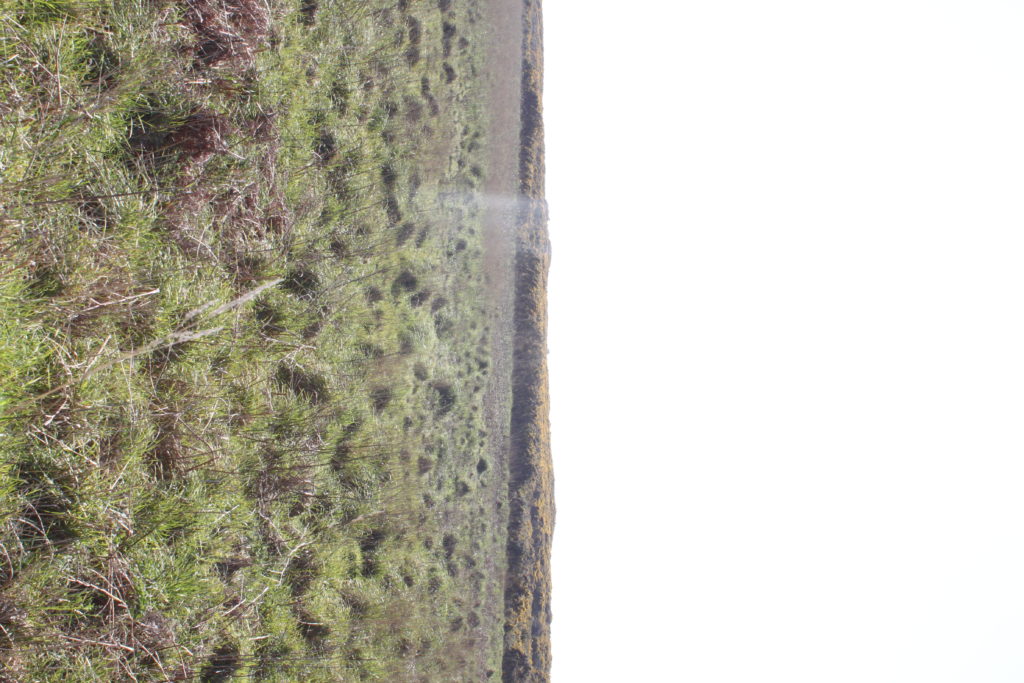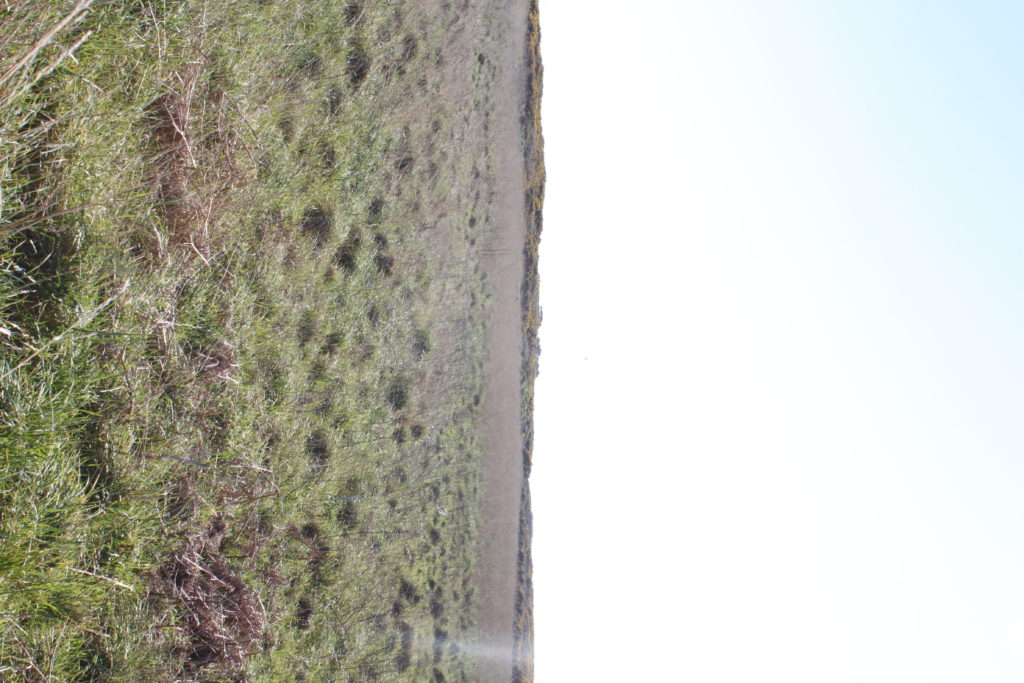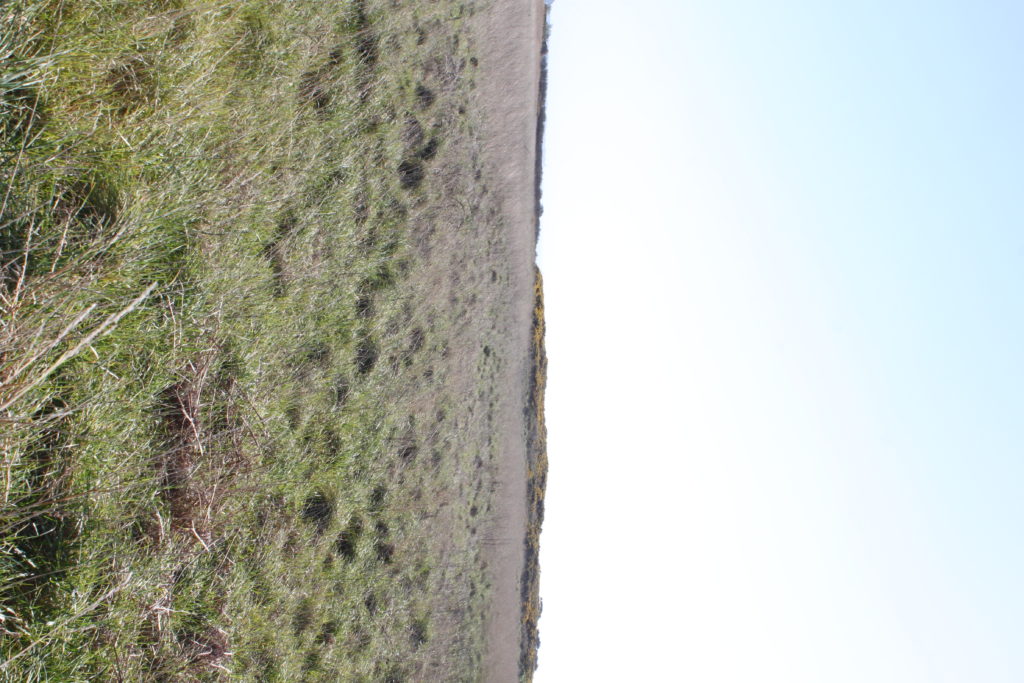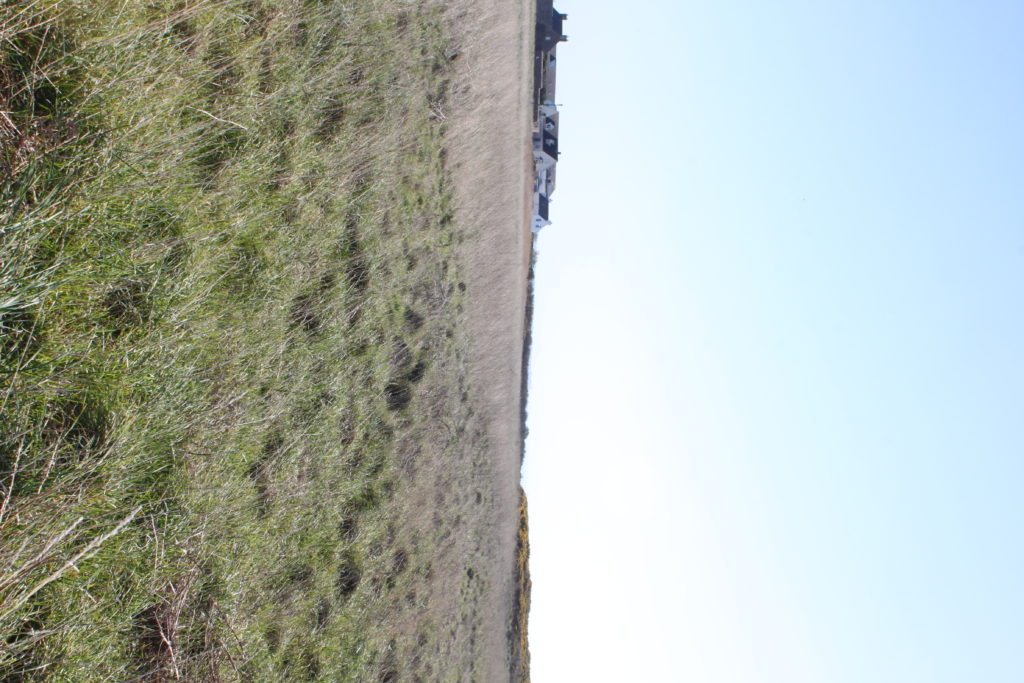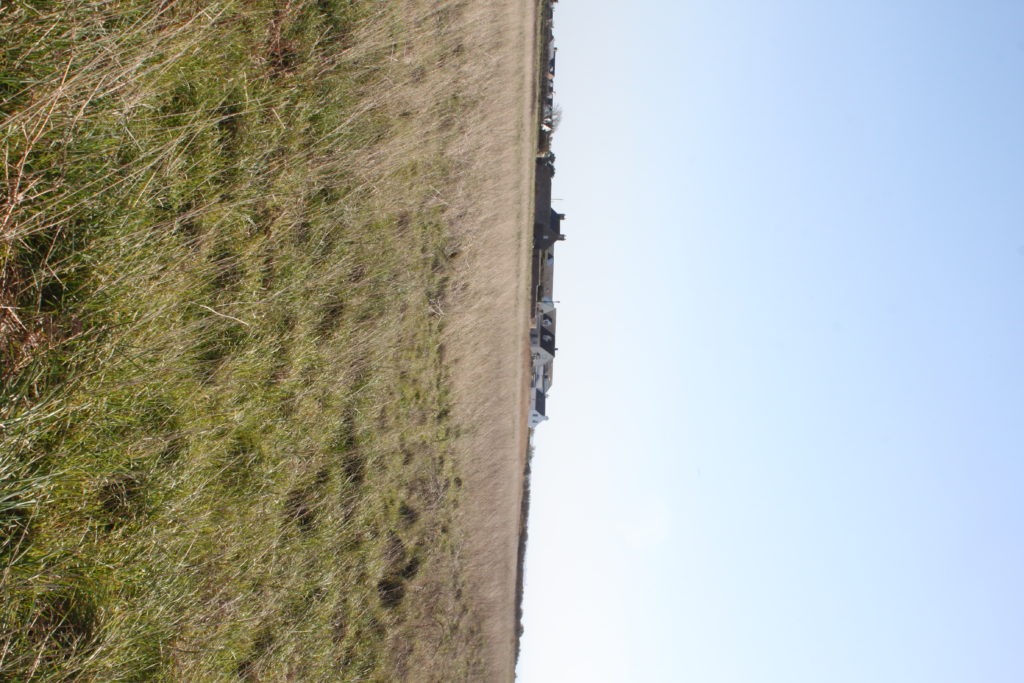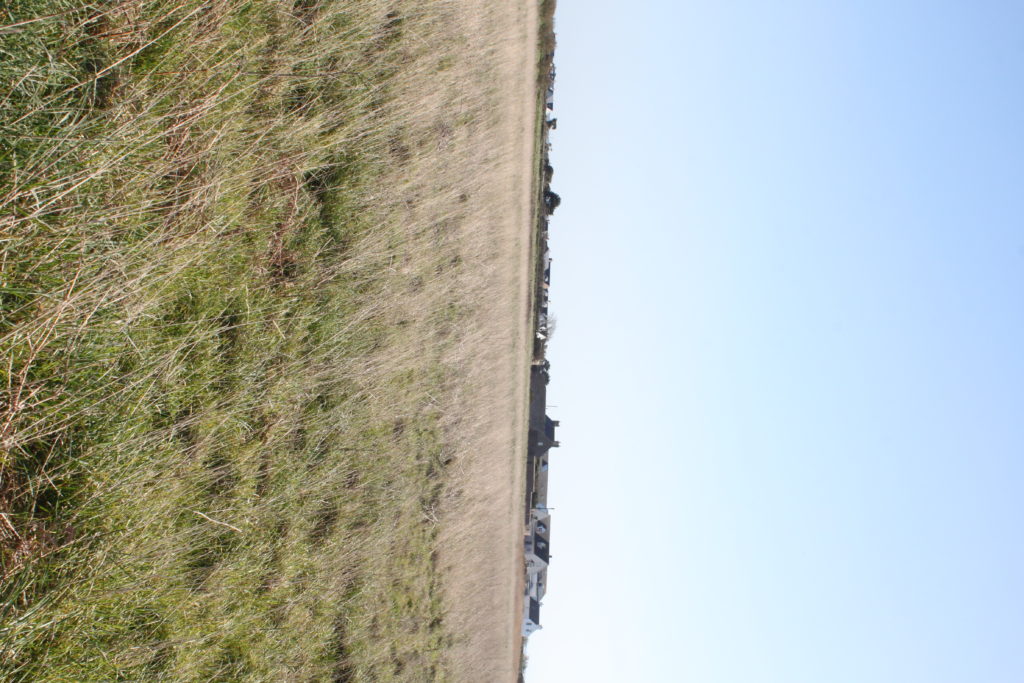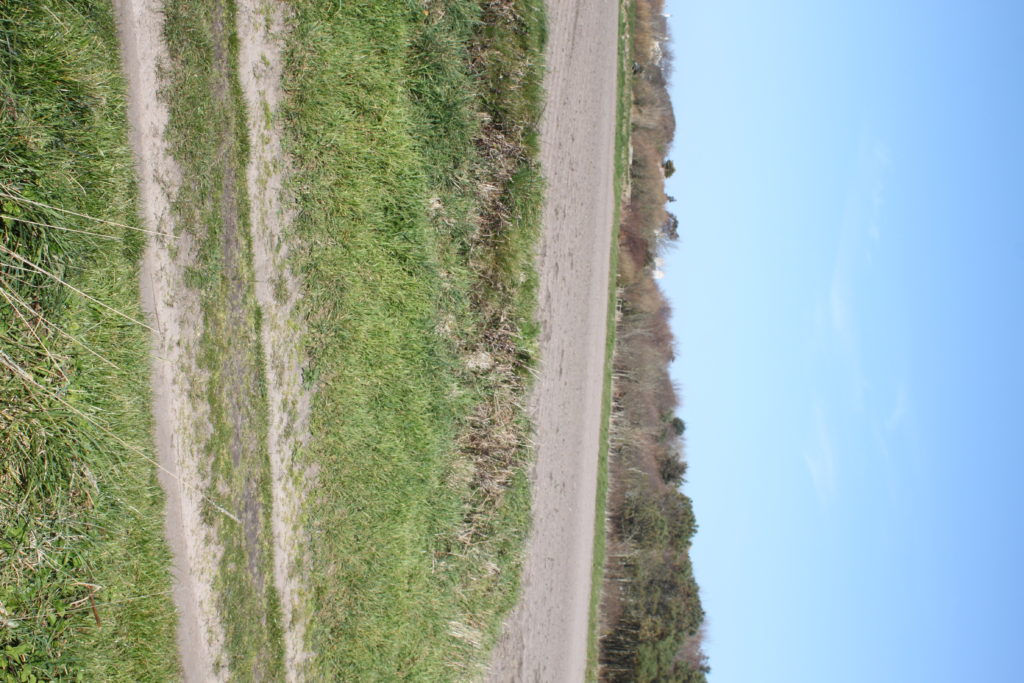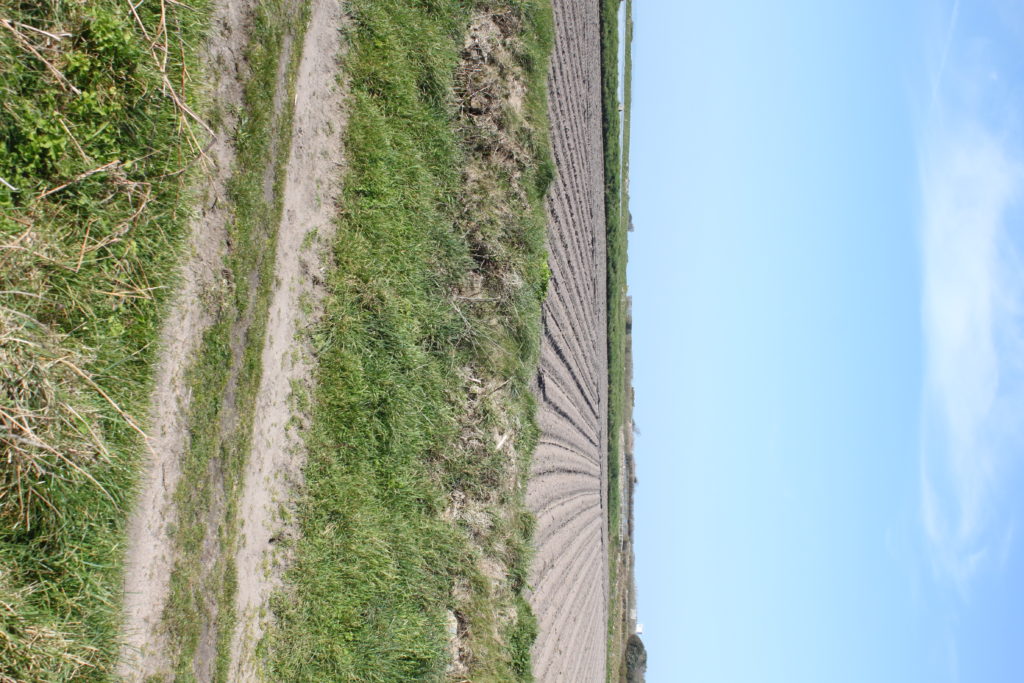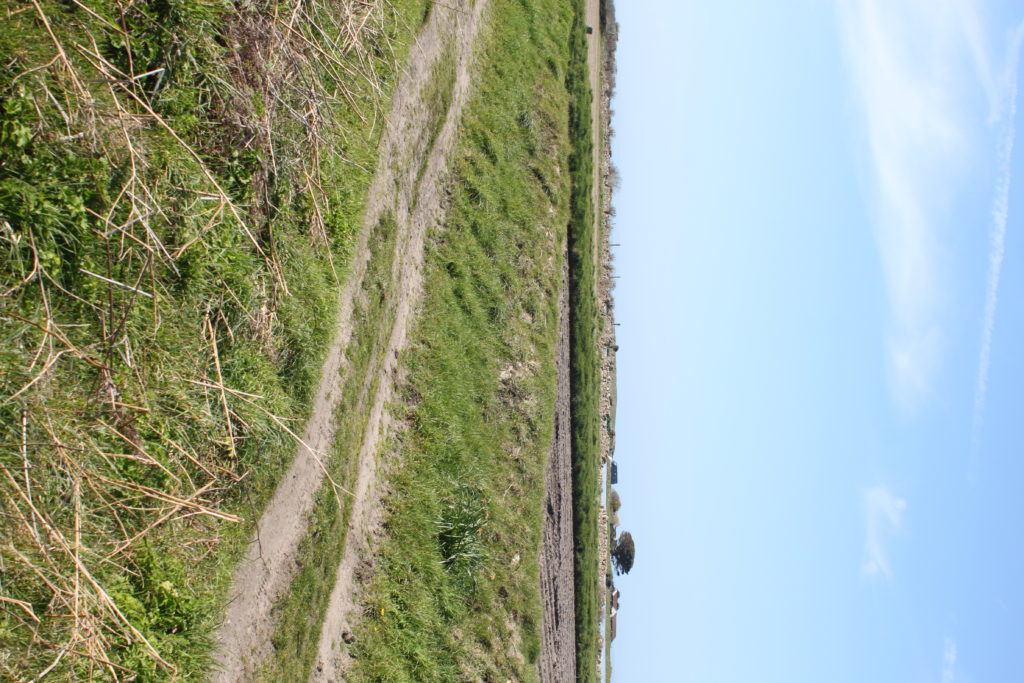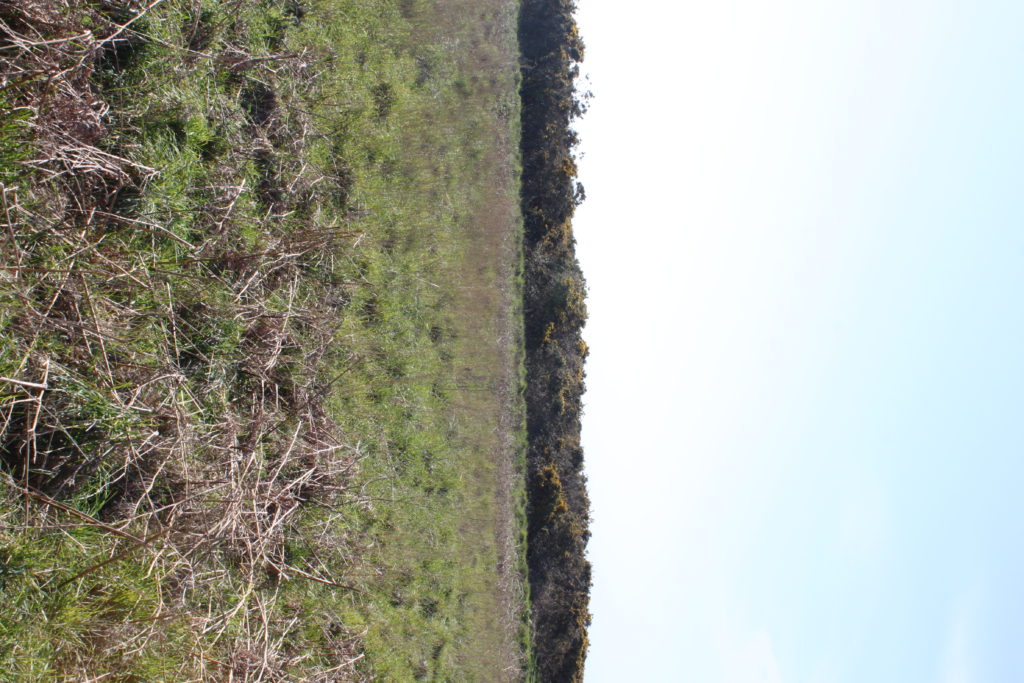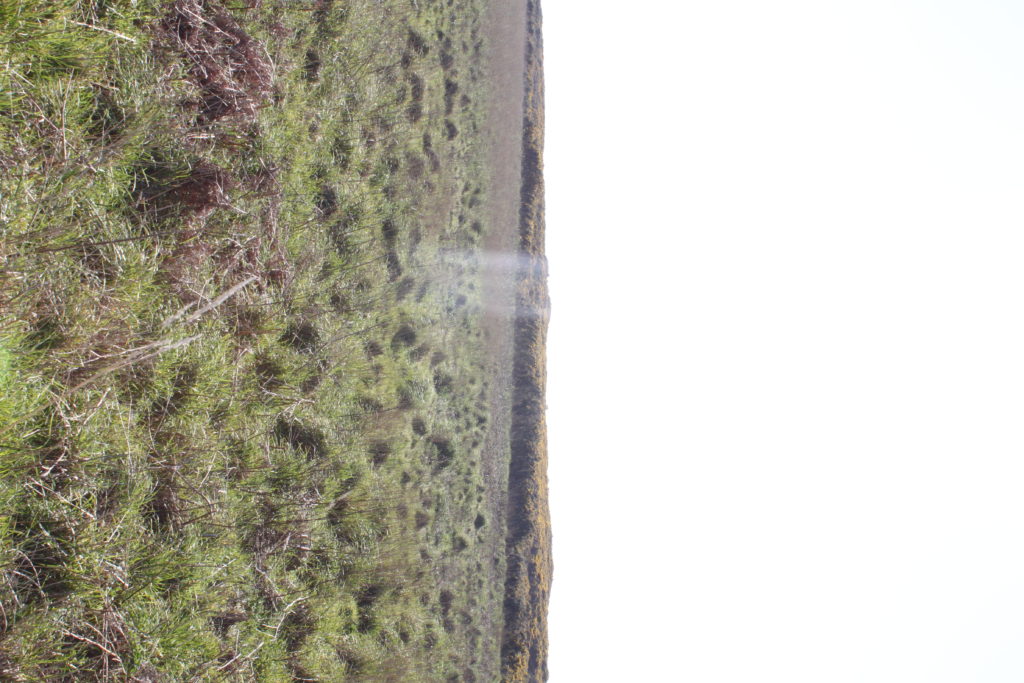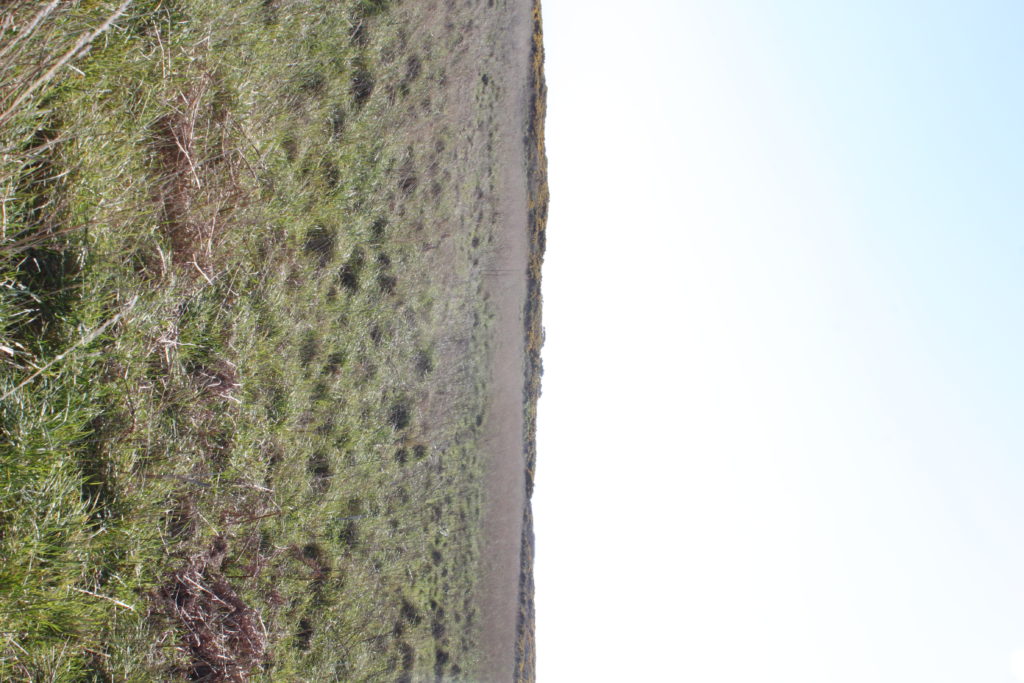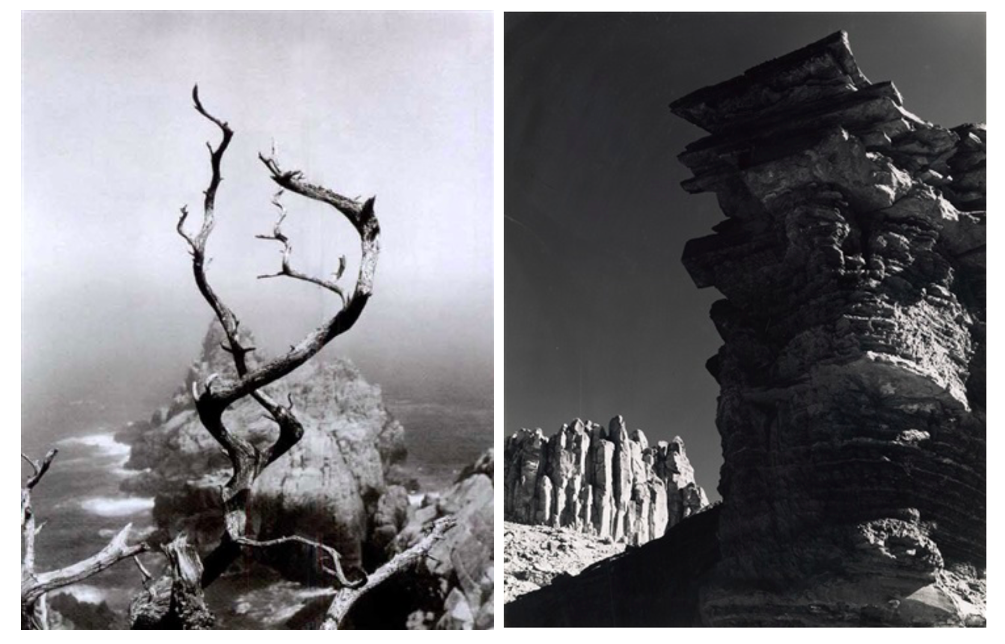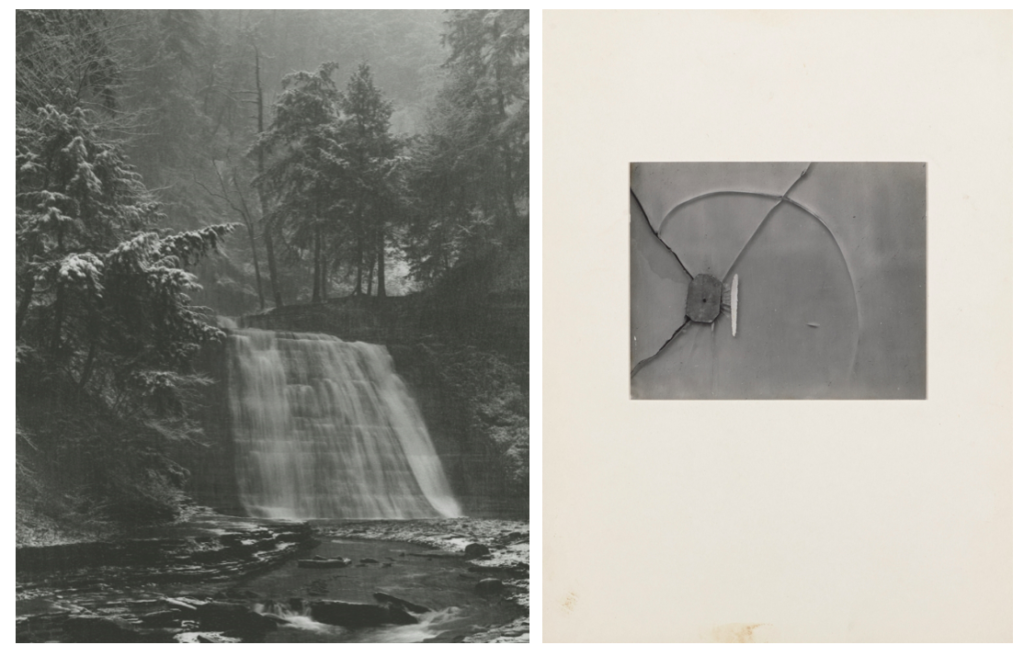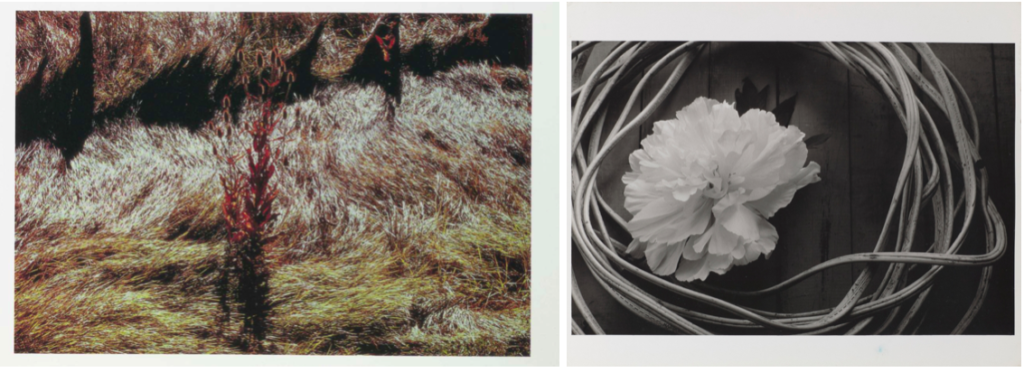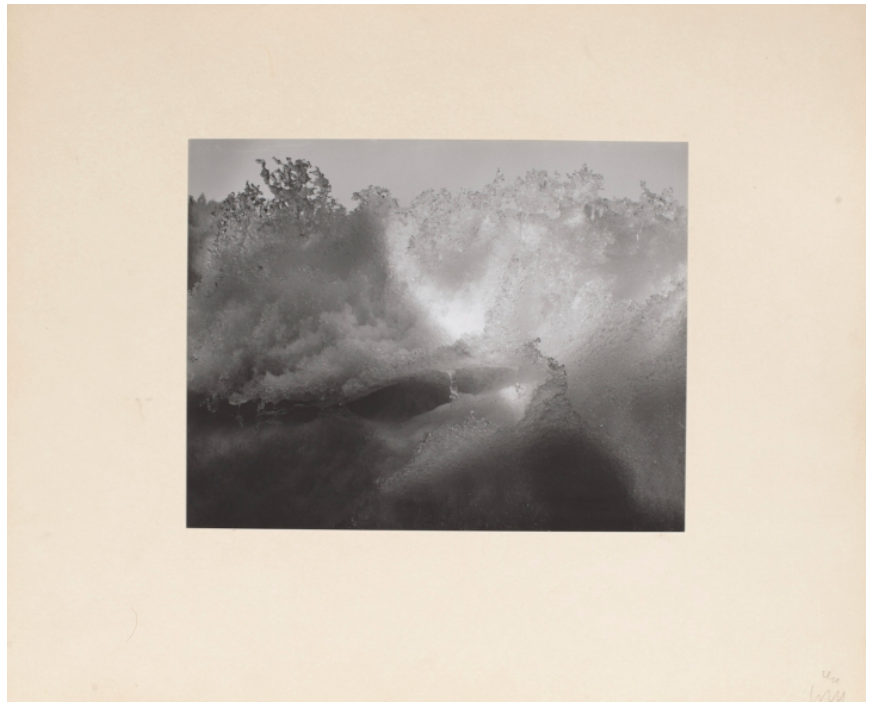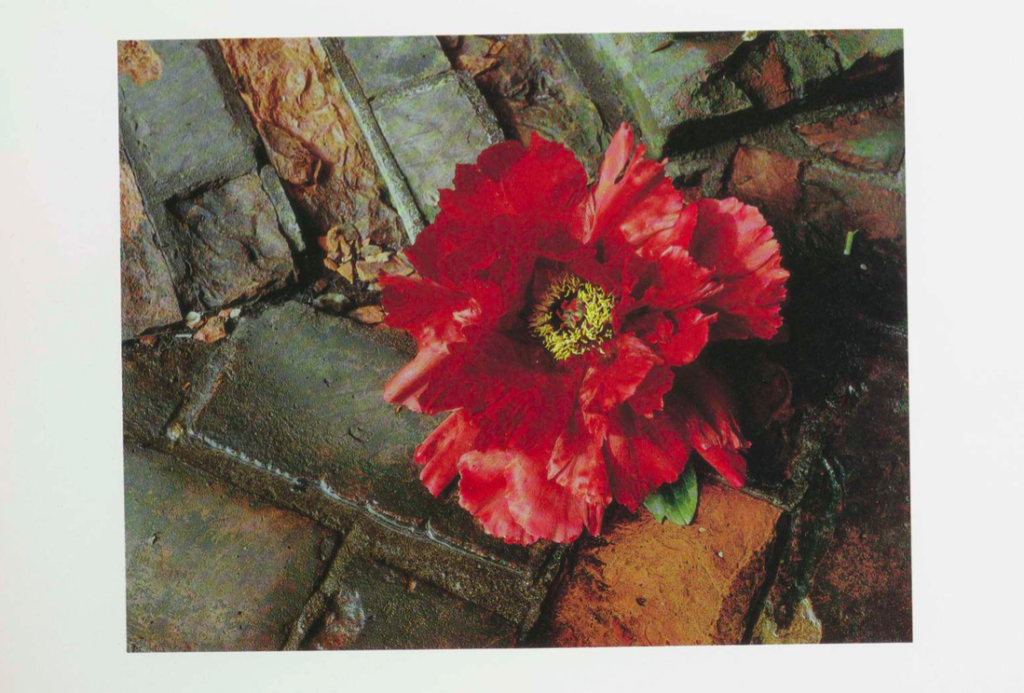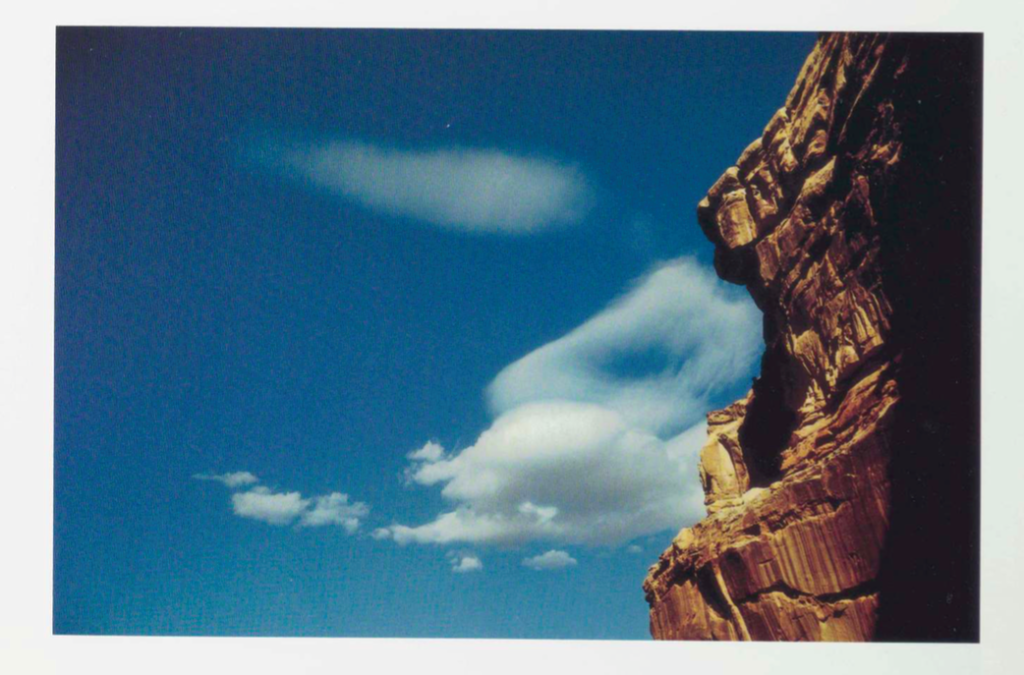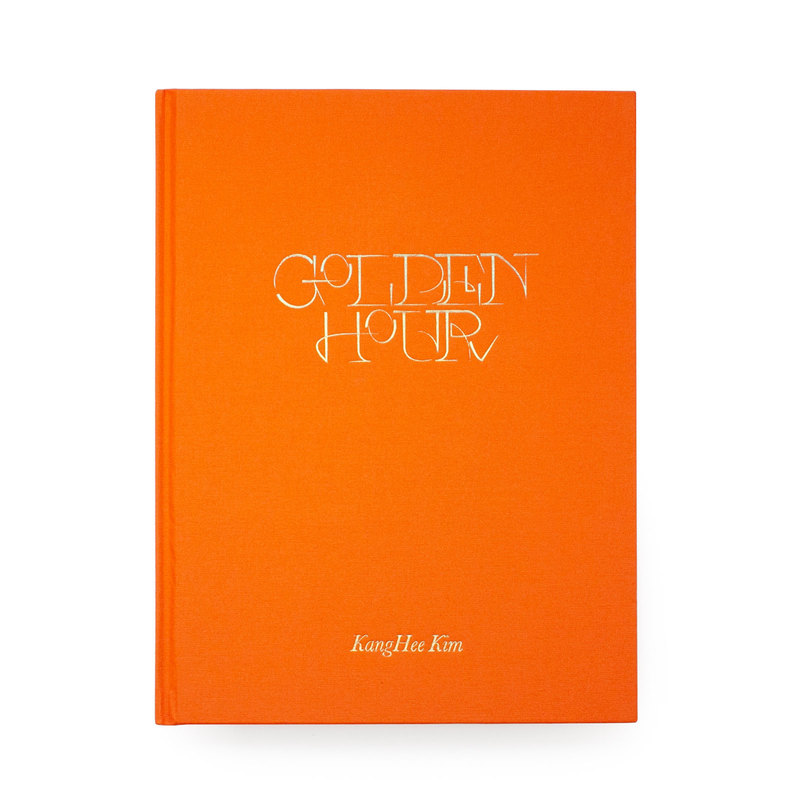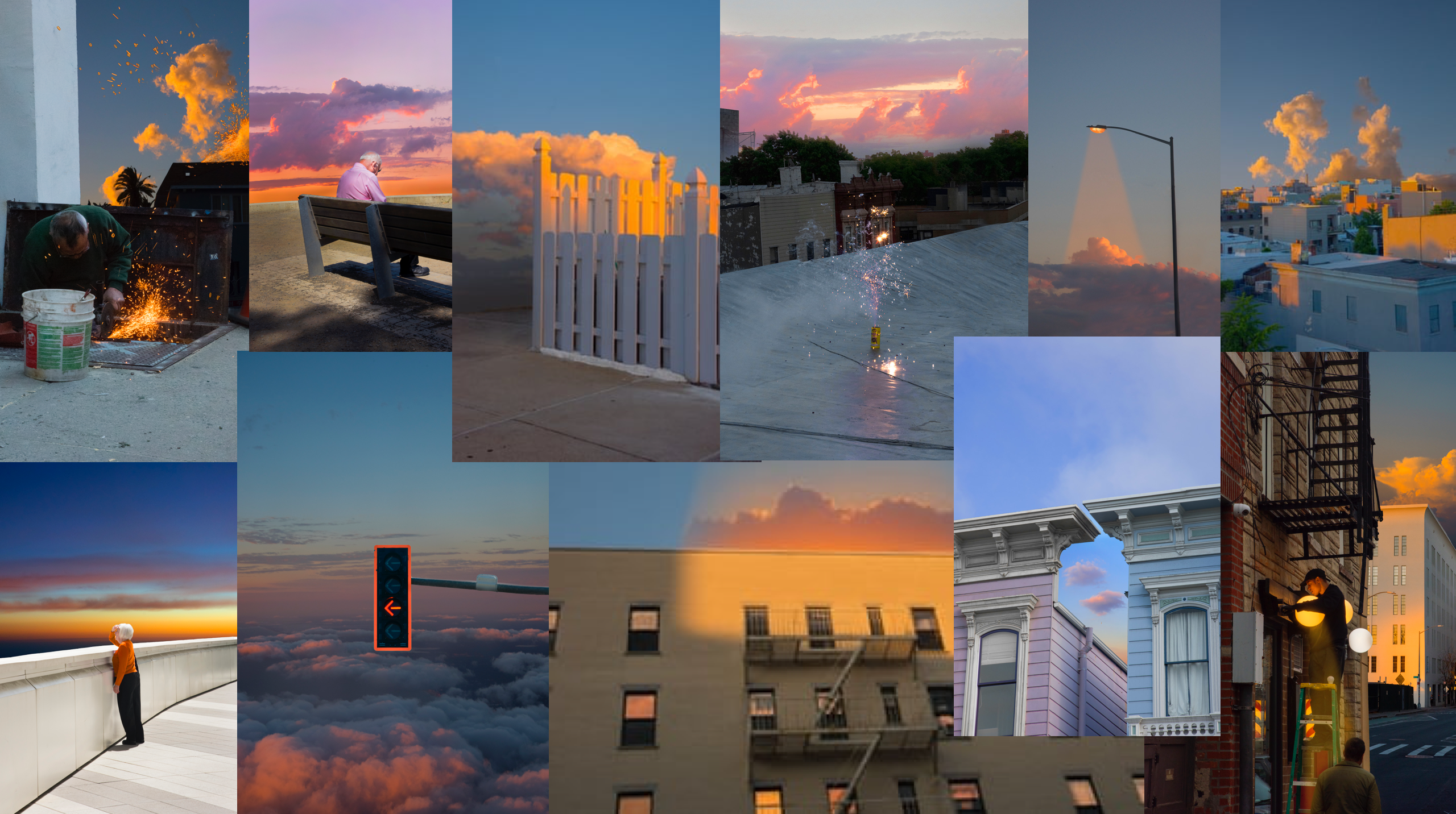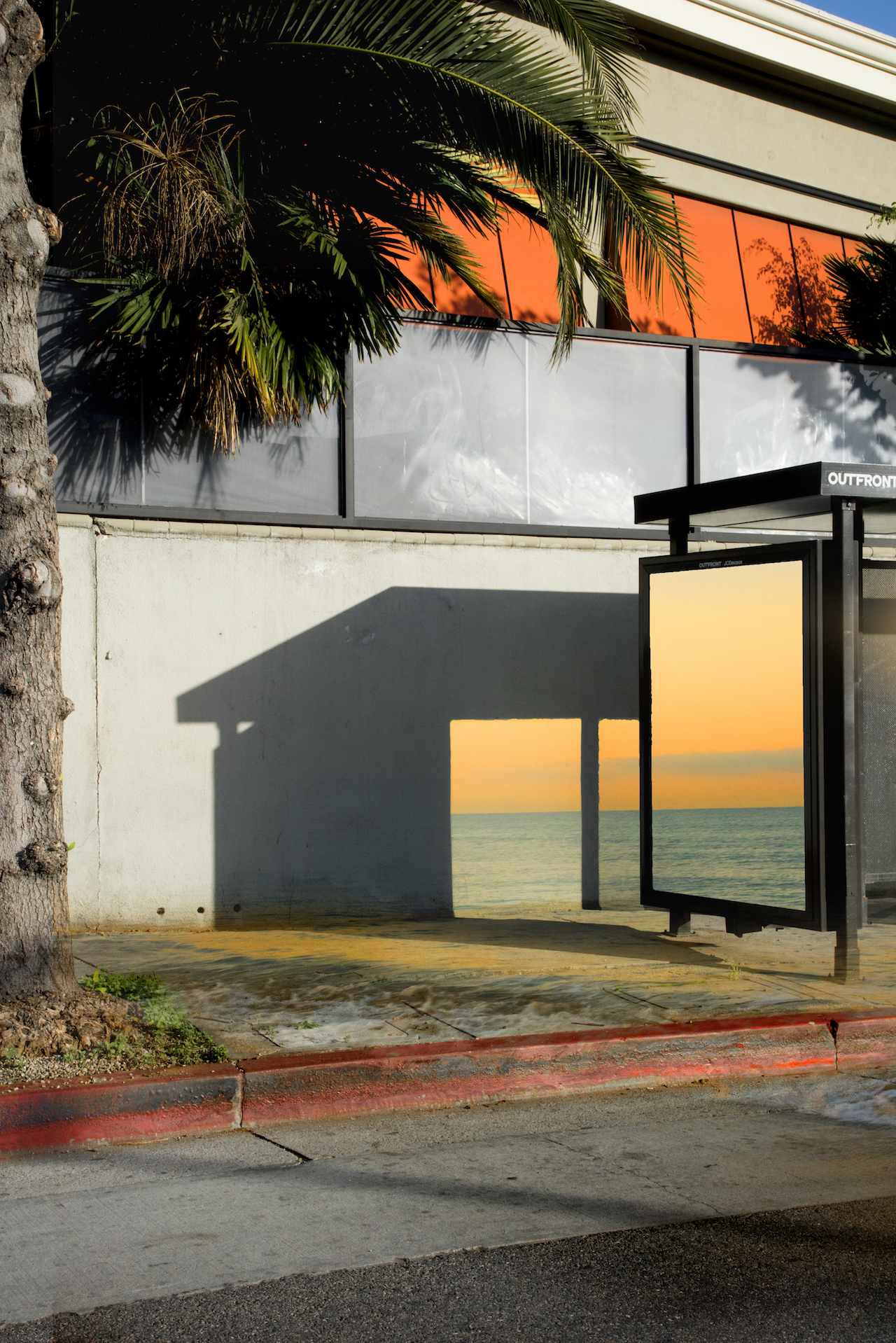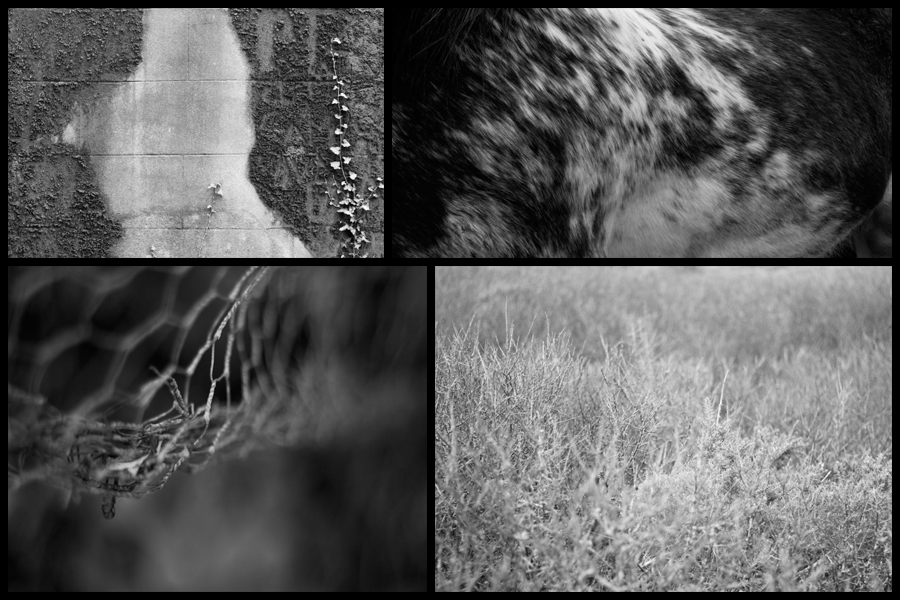Suzuki was born in 1971 in Kyoto. She lives and works in Kyoto. In
1996, she graduated from The Art Institute of Boston, MA, U.S.A. (BFA). From
2001-2002 she was a guest student in the class of Thomas Ruff at Kunstakademie Düsseldorf, Germany. “Even if photographic images exist as a method for interpreting the world, I believe those images are different from what we sees. I am interested in how the photographic image is perceived, than what the photographic subject actually is, and also in what changes the photographed information” – Suzuki quotes. Suzuki explores many projects – http://www.takashisuzuki.com/projects.html.

“A shadow is a natural phenomenon. And without light, there is no shadow. By using an act of photography, the phenomenon becames substance.” – Takashi Suzuki. This quote was stated under her project “ARCA” on her website. Her images for this project are shown below.


This image here is interesting due to Suzuki’s use of photography to manipulate how light the image is. The image appears slightly blurry and out of focus, which I could achieve by using my camera and not focusing it properly as I take my image. It seems like Suzuki has used a glass in this image, that is being reflected. I like how she has used a white background for these series of images as this communicates a feminine touch to these photos, due to the light tones of the image. The few dark tones that there is create the outline of the object she has used to photograph. I like how this image above has faint lines within the glass. This creates a slight repetition effect; the repeated structure of the lines (straight, thin lines) create an organised, structured vibe – I feel like the consistency of the darker toned lines make the image more appealing as it is almost hard to differentiate what the object is. I am assuming that Suzuki has used a glass in the image above, but I am not 100% sure. These images were taken in 2008, which implies how easy it was for Suzuki to create such an image. Although, this image does not clearly show how modern the photo is; it does not look like such an up to date image – I feel like older photographers back in the 1900s would have been able to create this type of image.
I am inspired by Suzki to take similar images, for example her architectural images of buildings with light and shadows being portrayed onto the buildings; this links to my project which is why Suzuki is a good photographer to use as a starting point for my project. I also am really intrigued by her 2 images that I have displayed above – the photos of the bright, white images that look as if it is a glass being used as the object. I think this also relates to my project of light and darkness well because they are images that are very light and bright.




